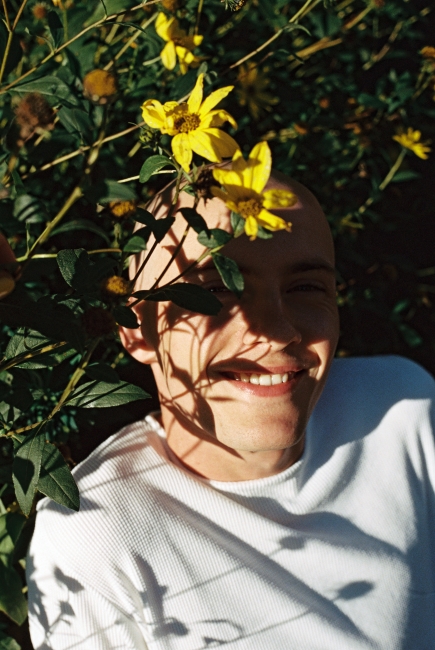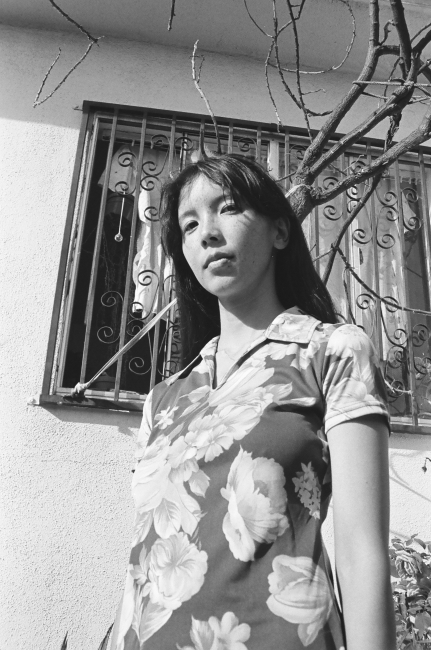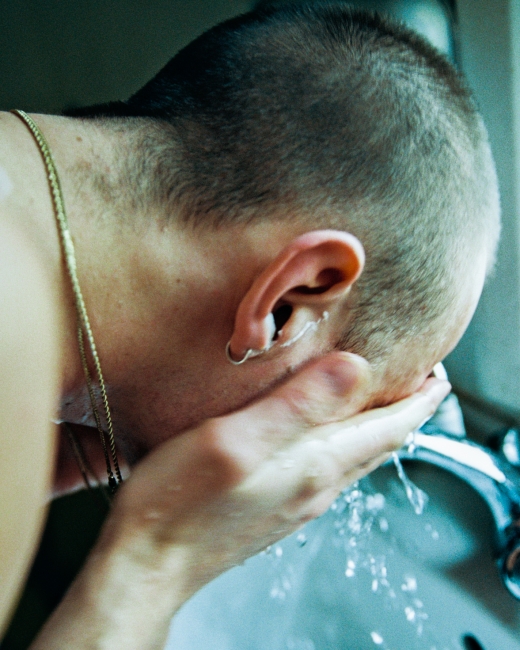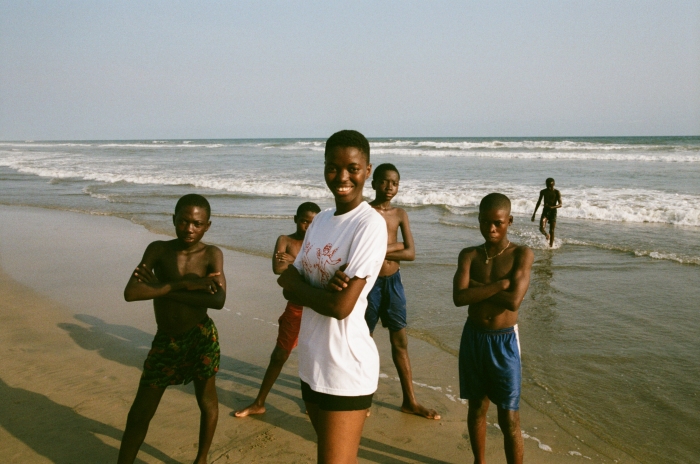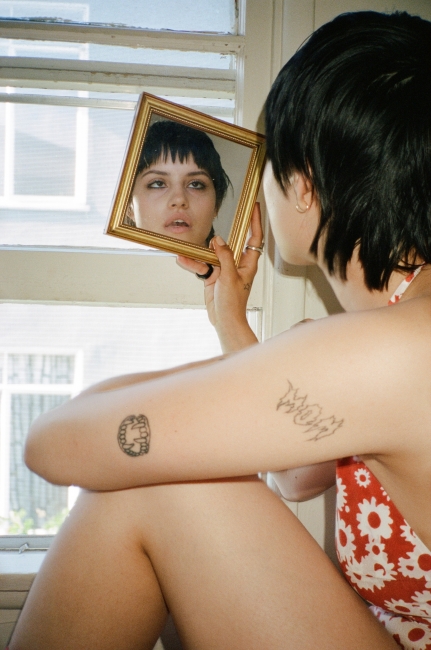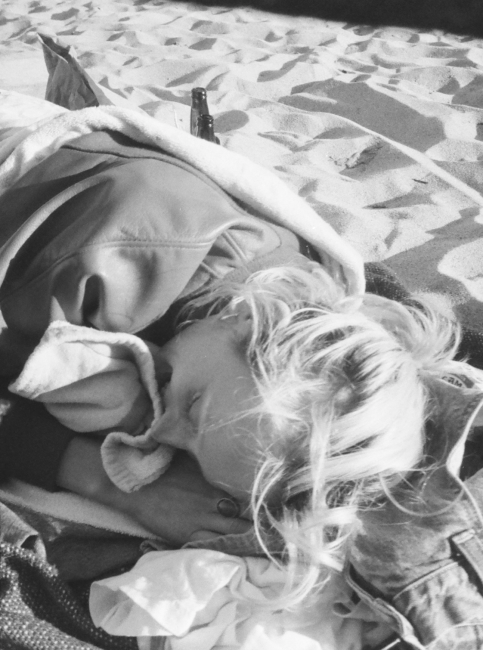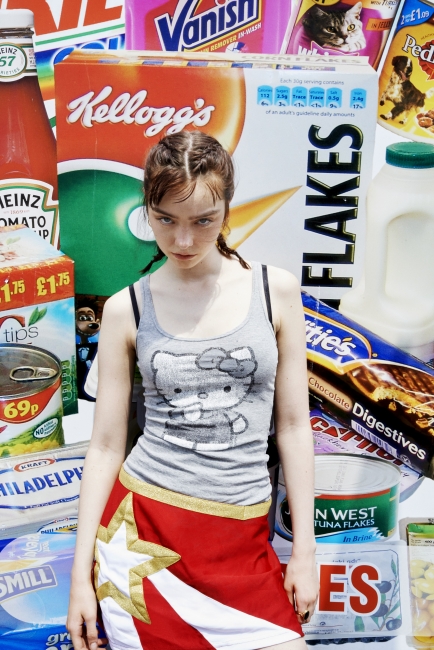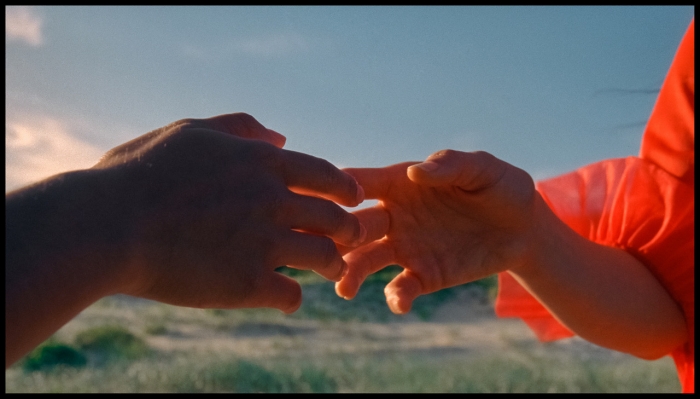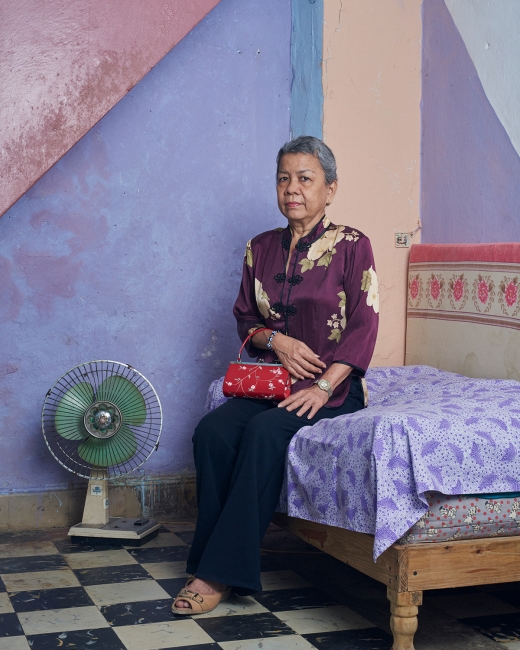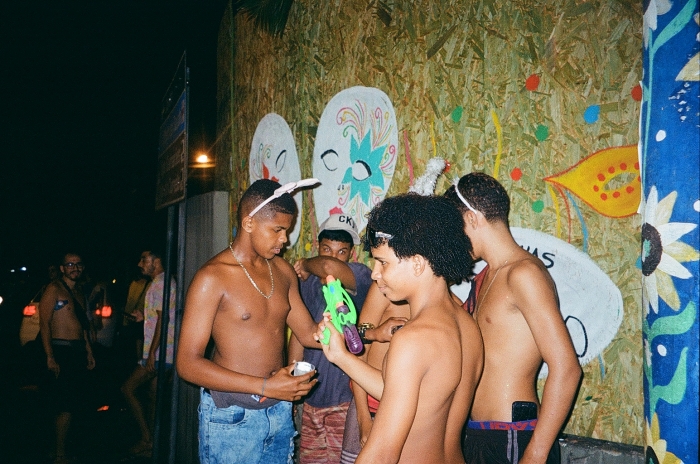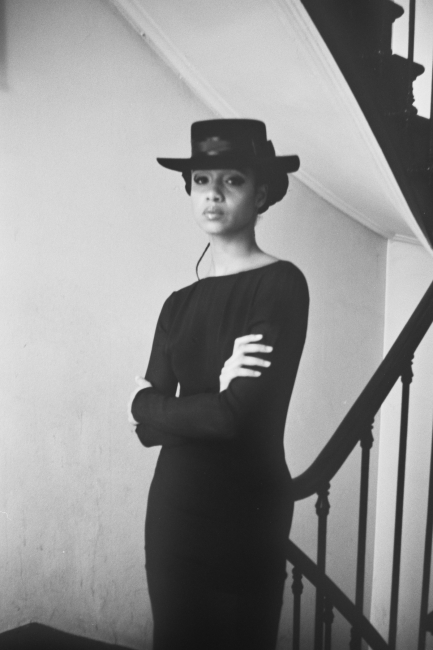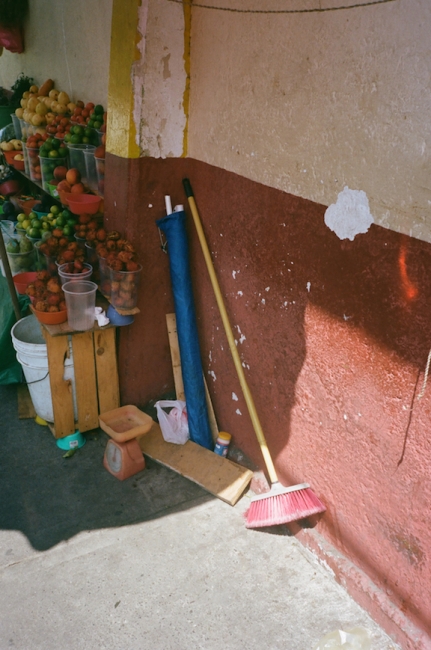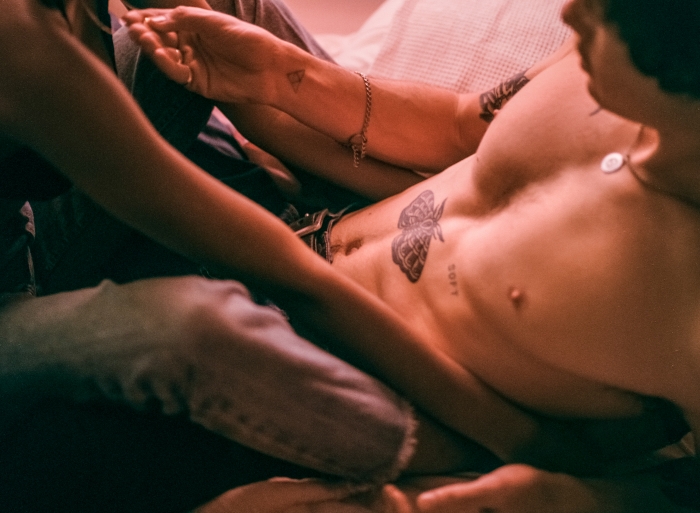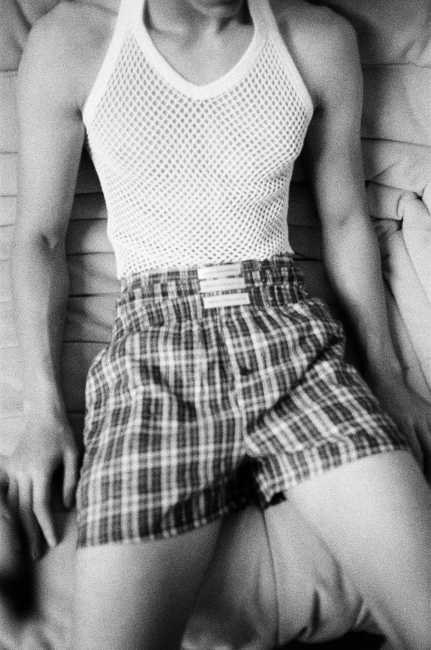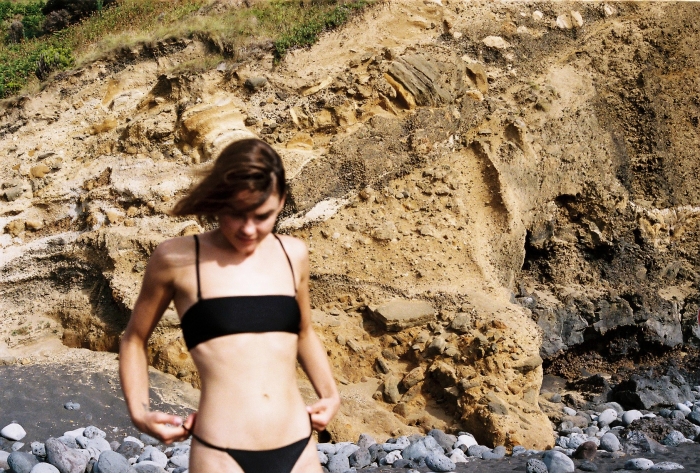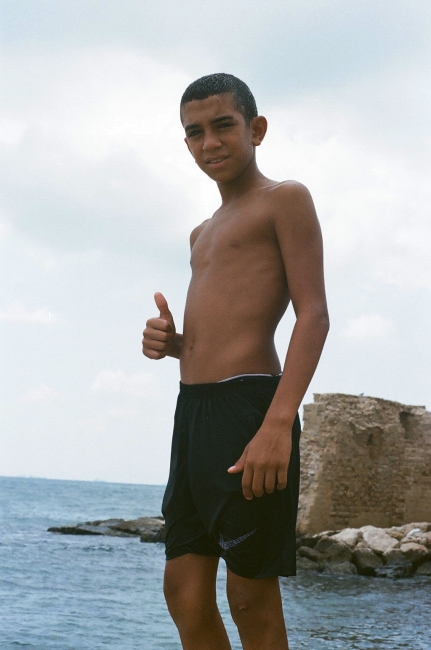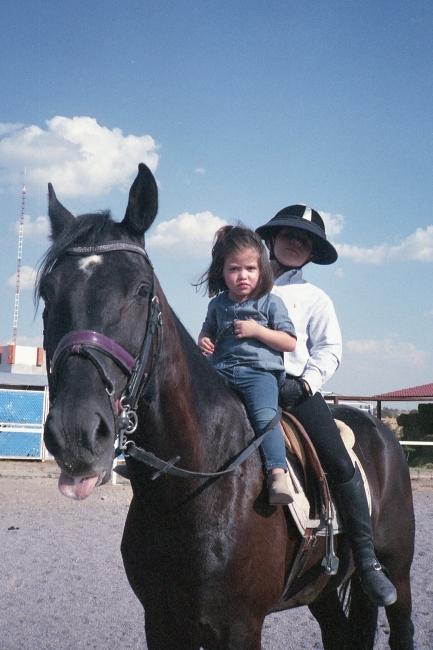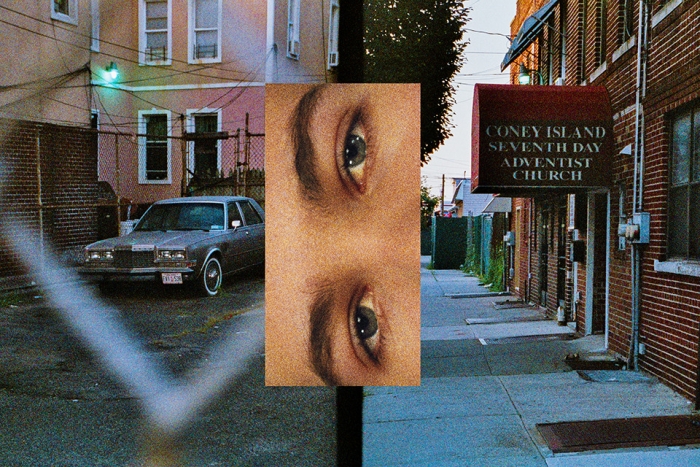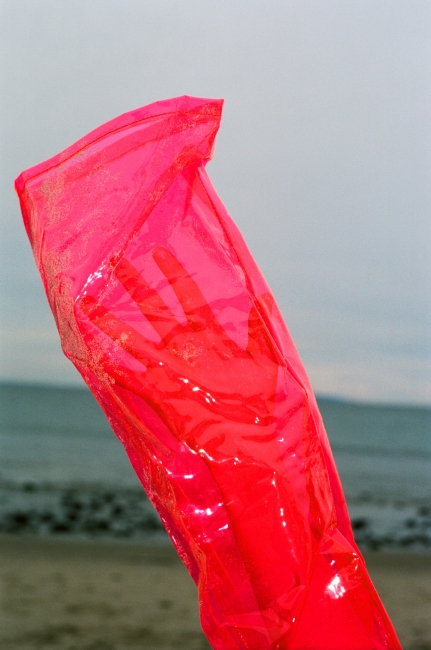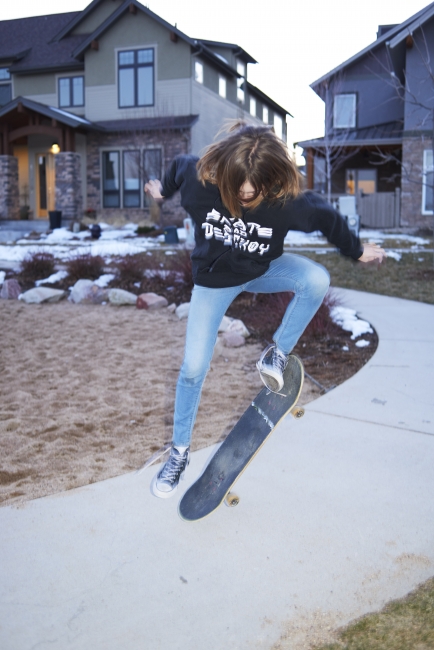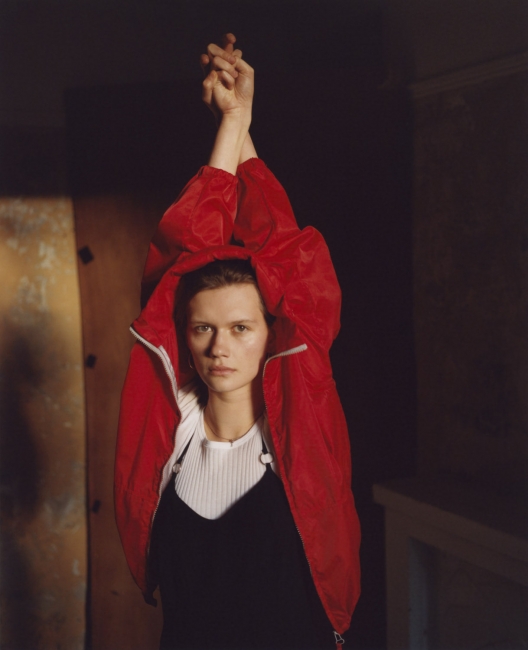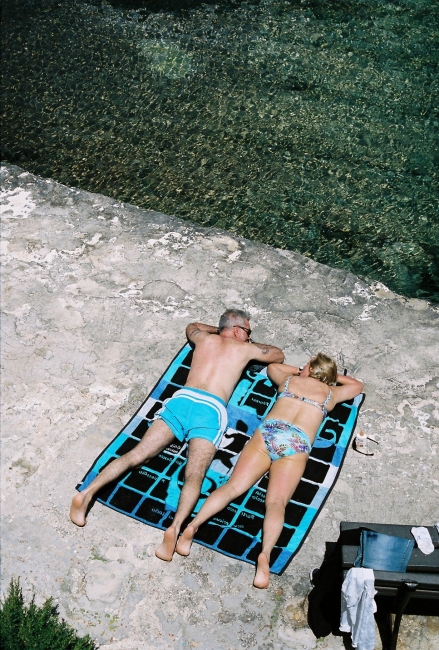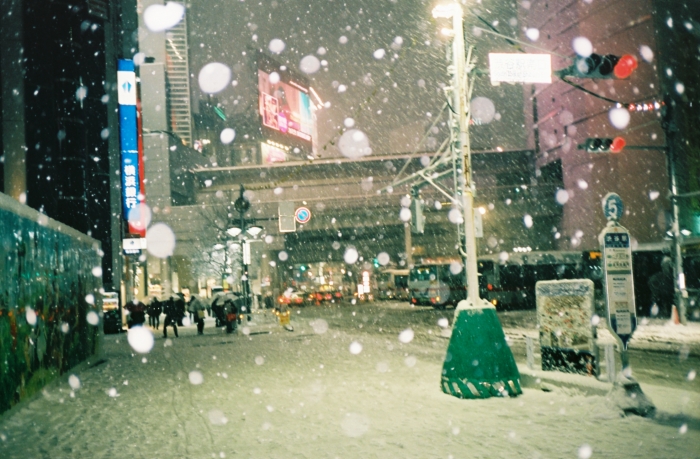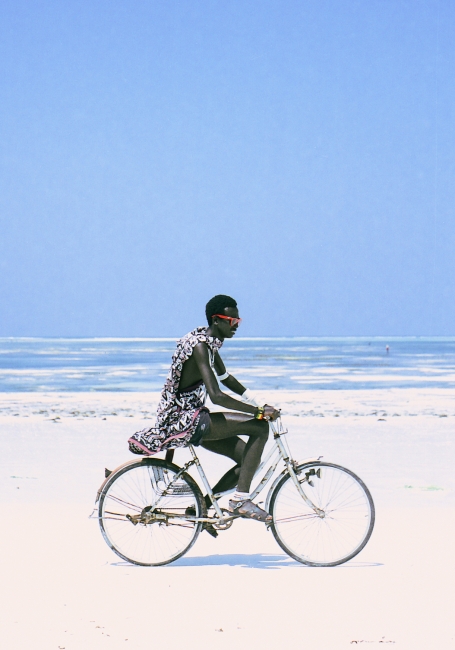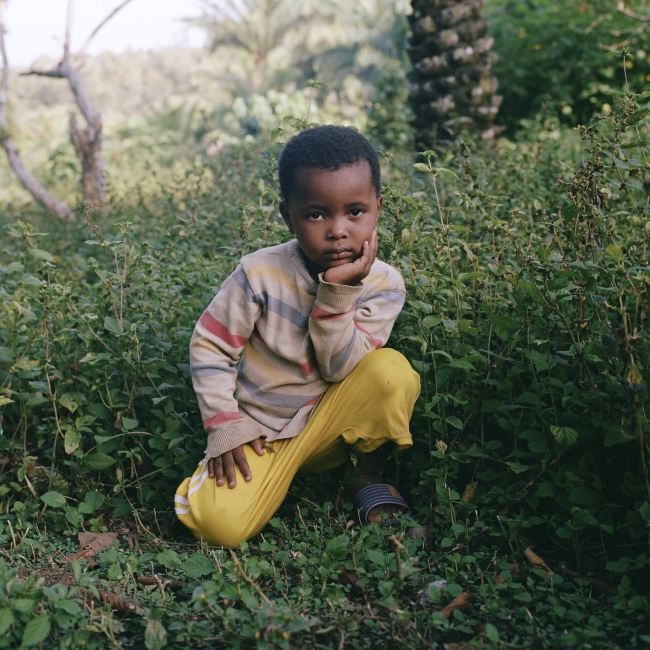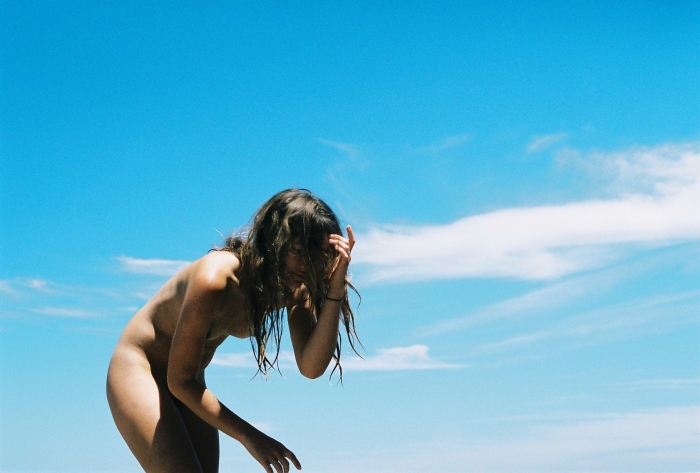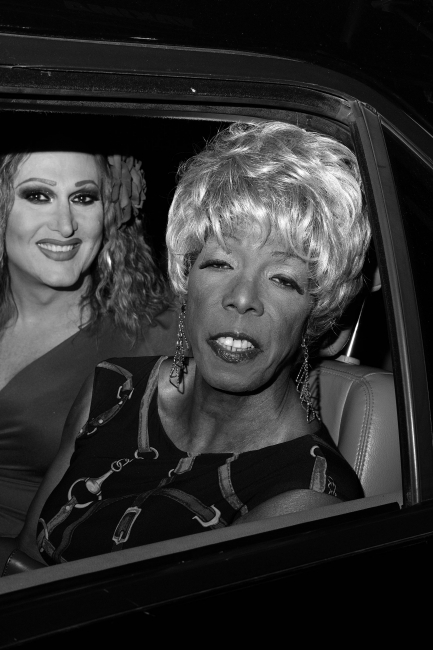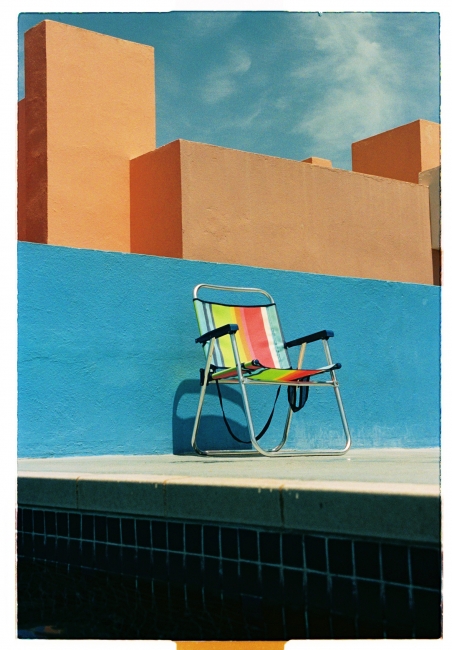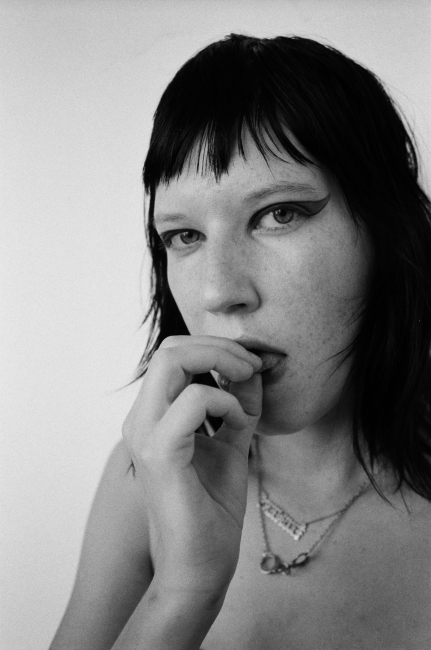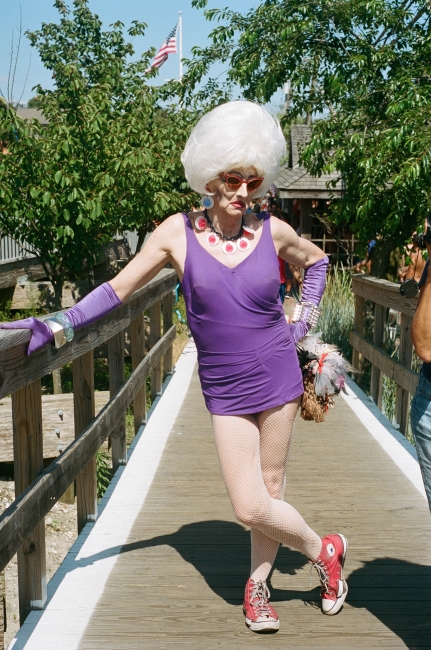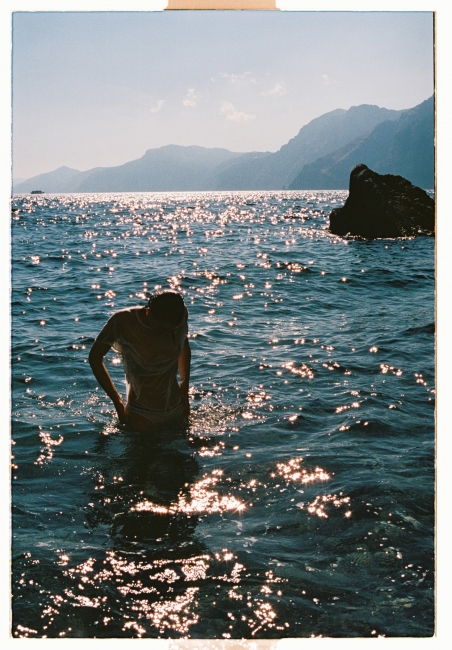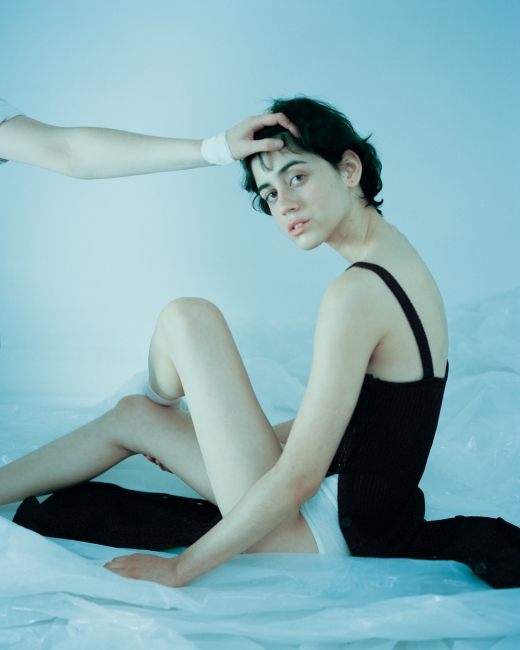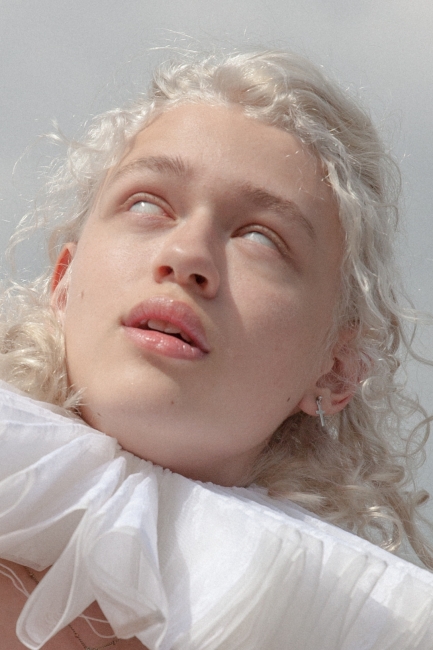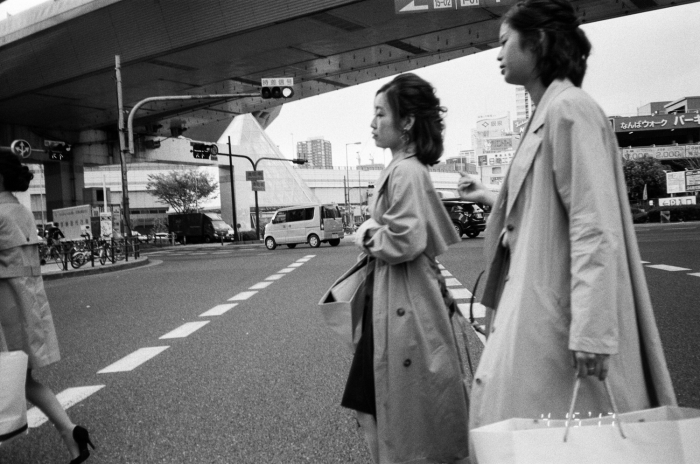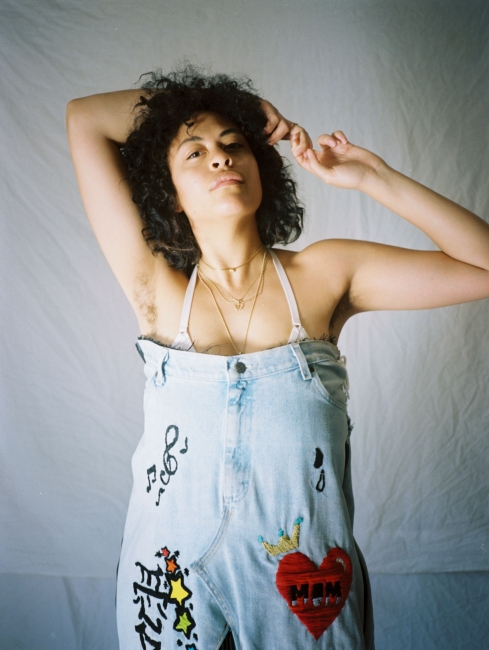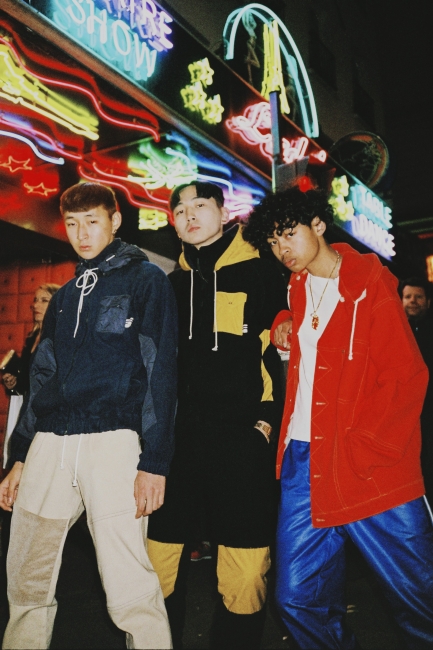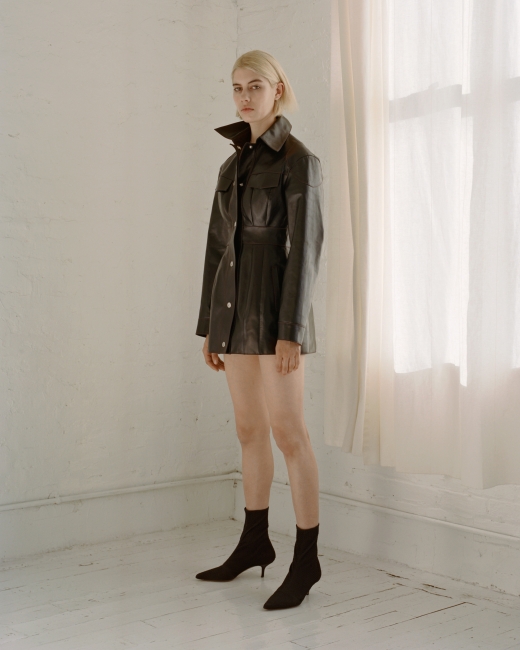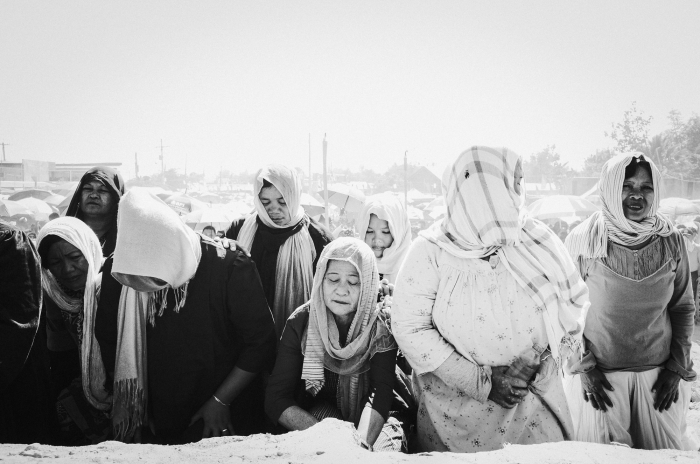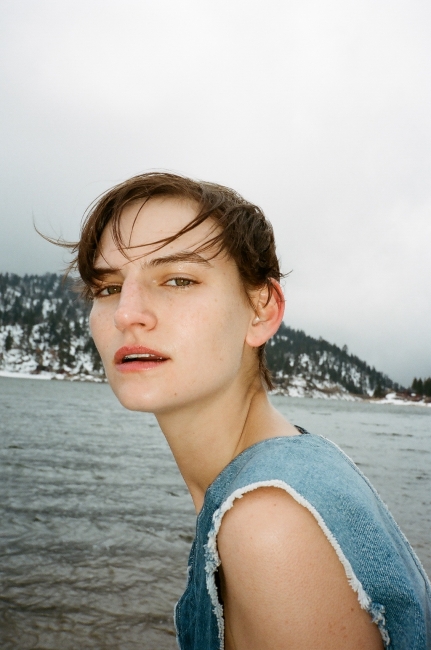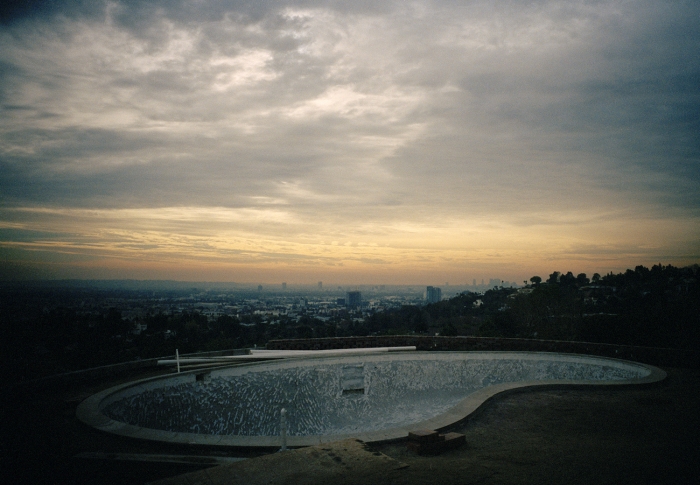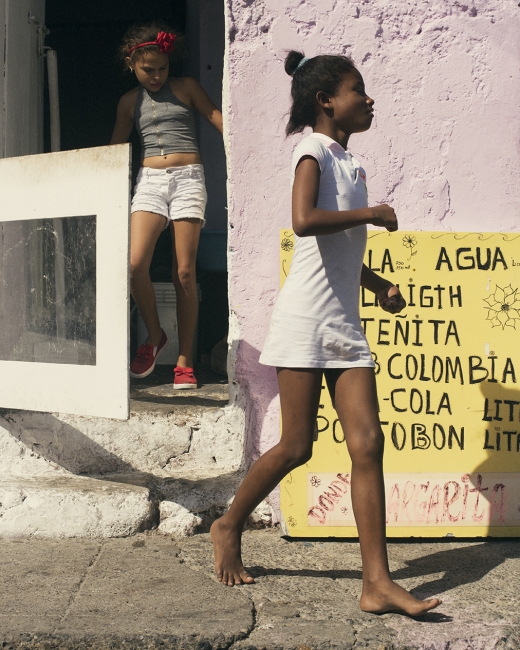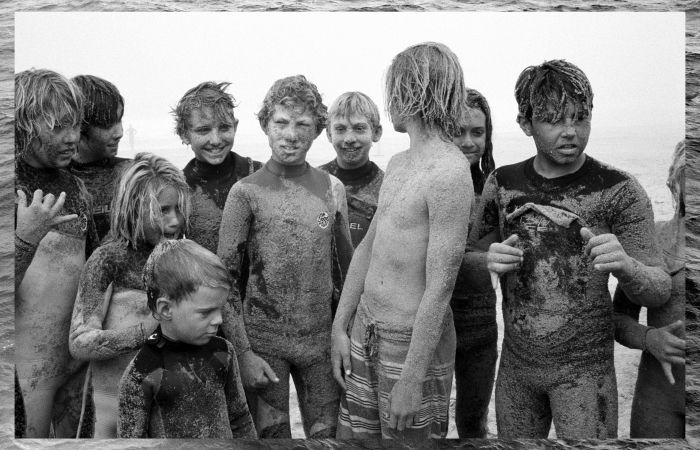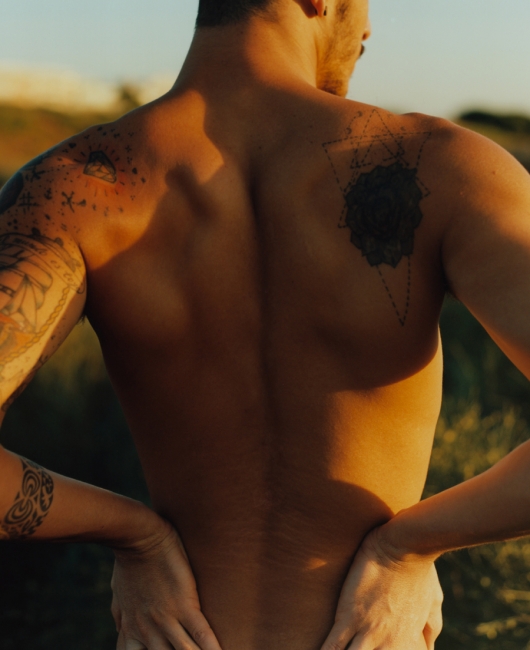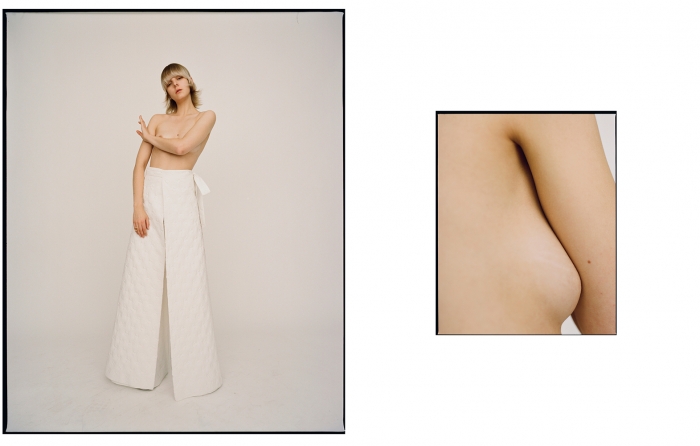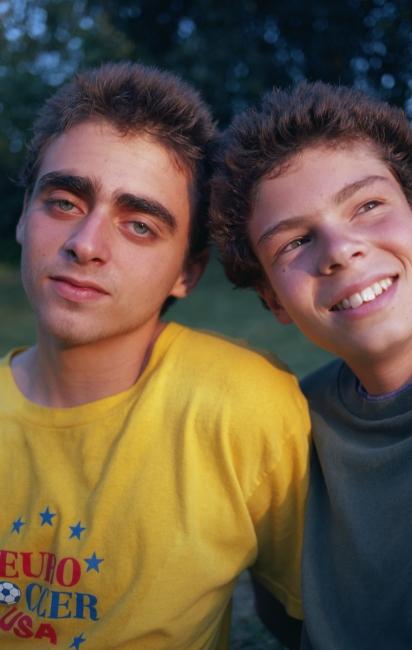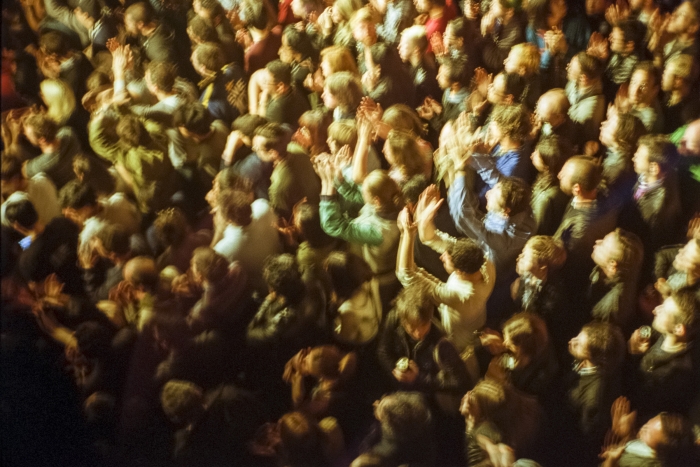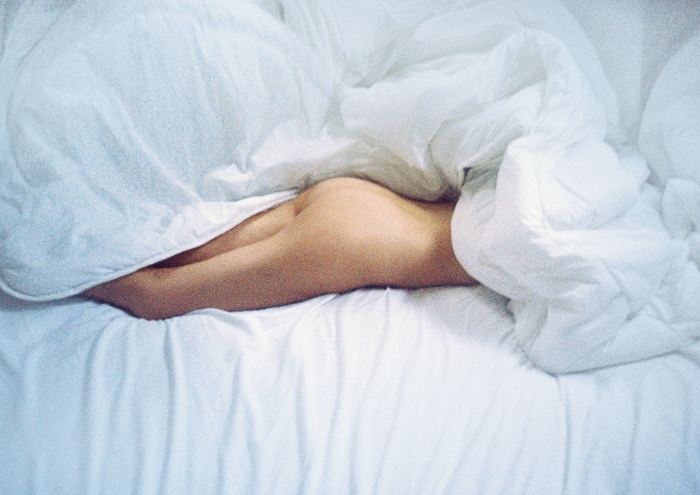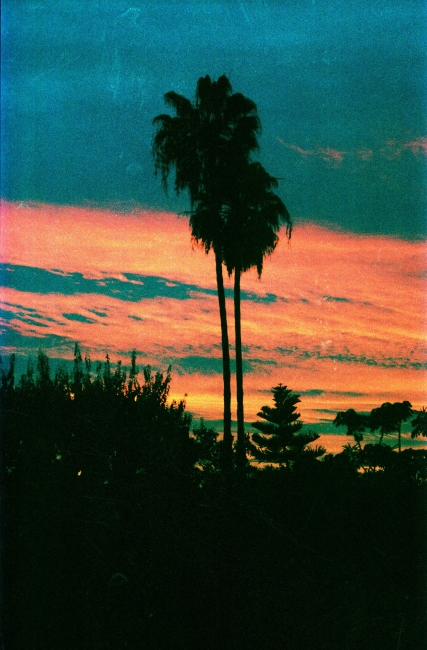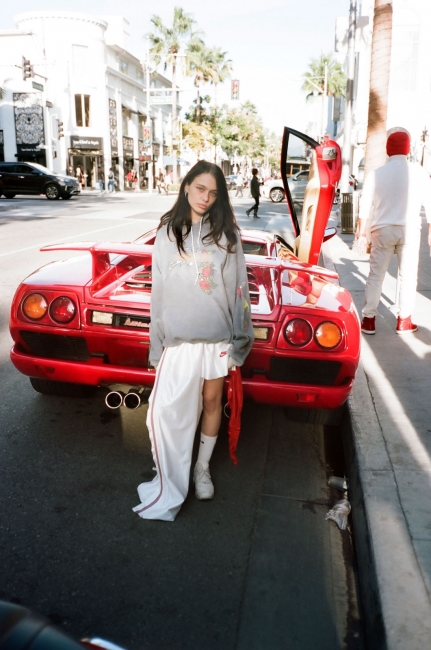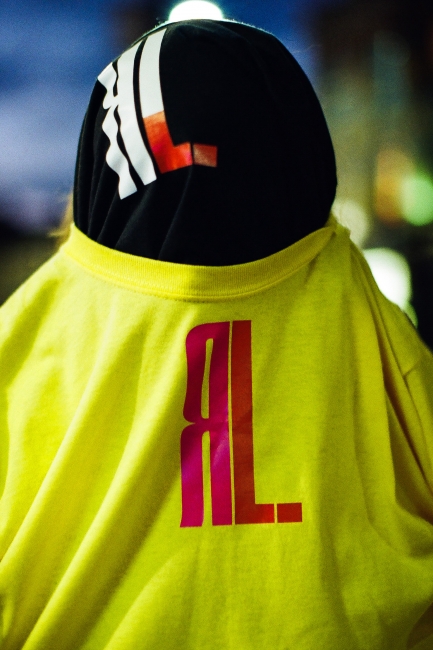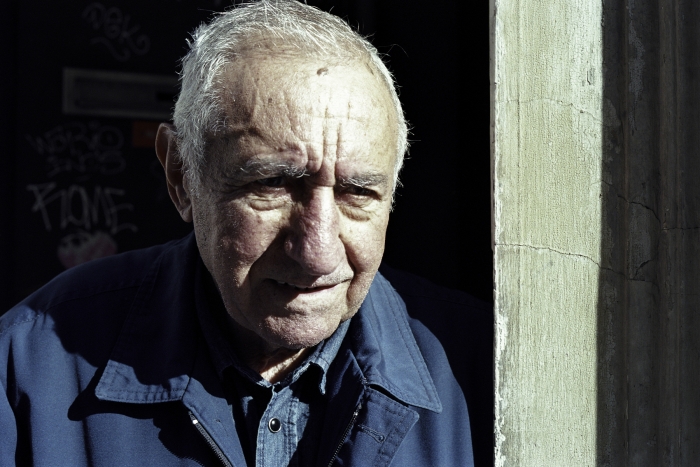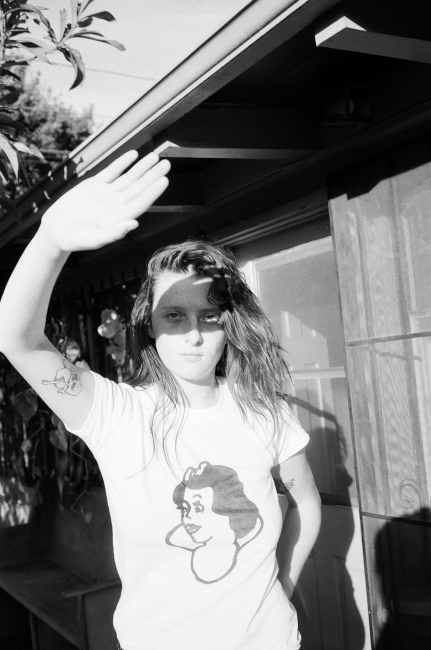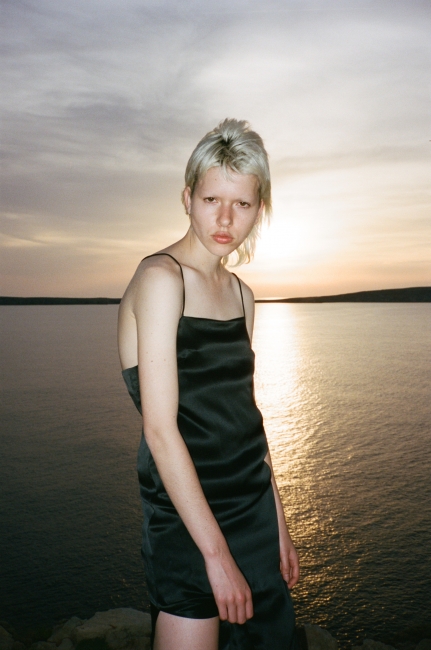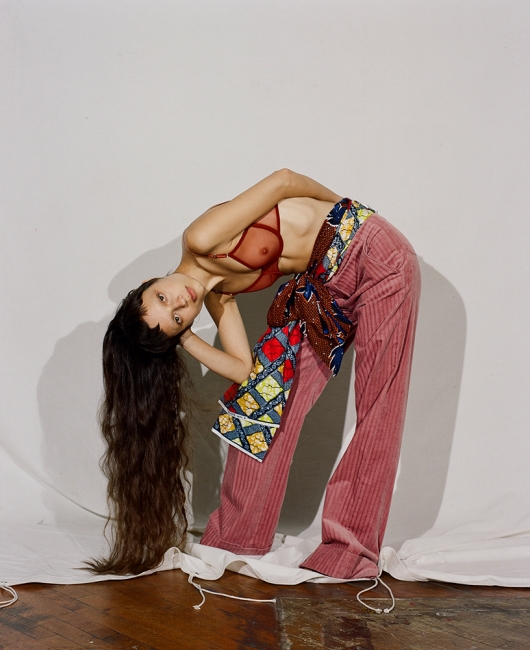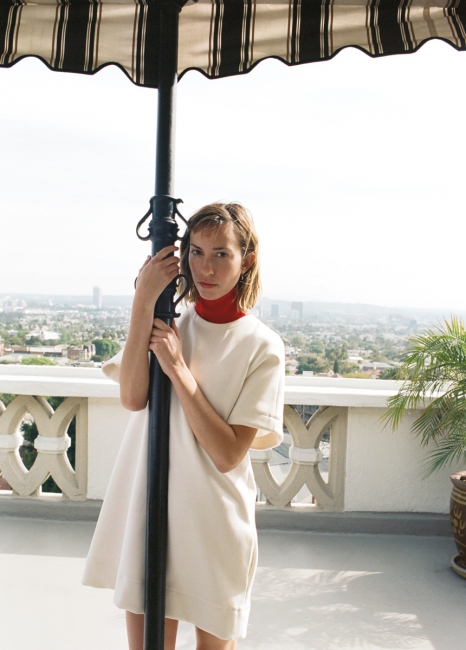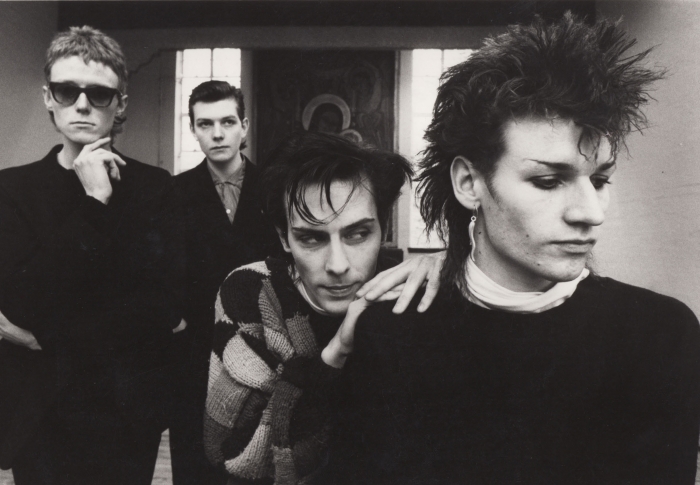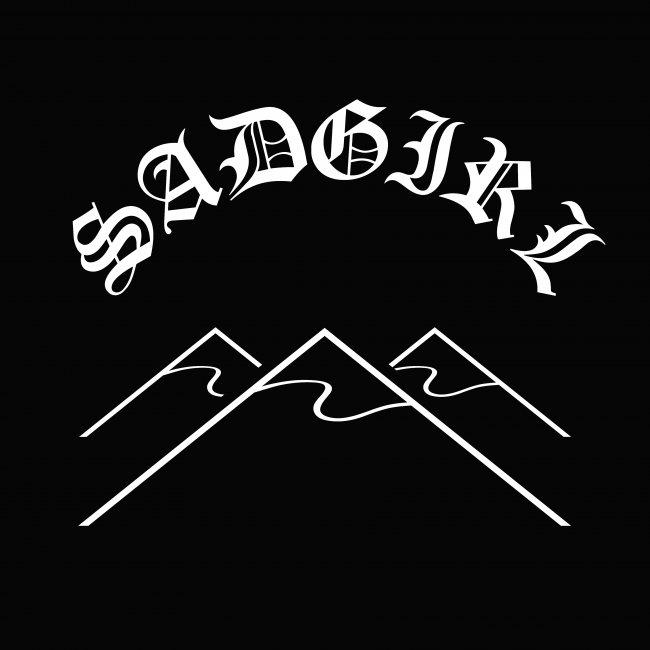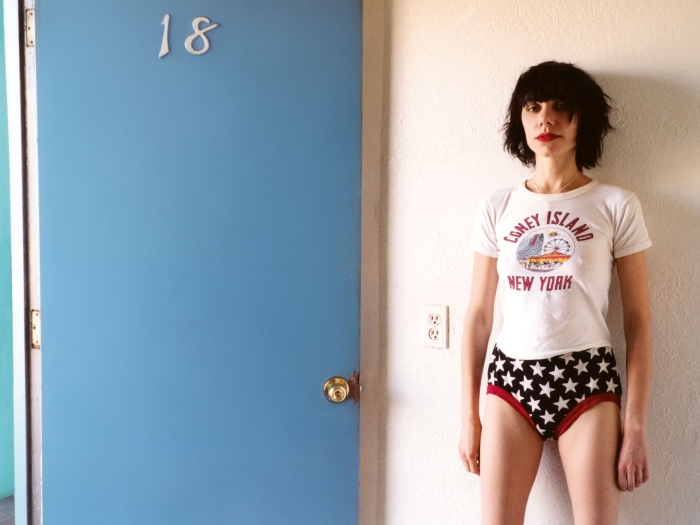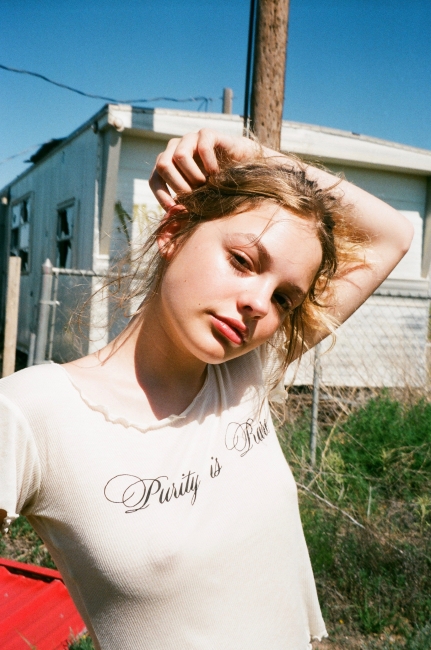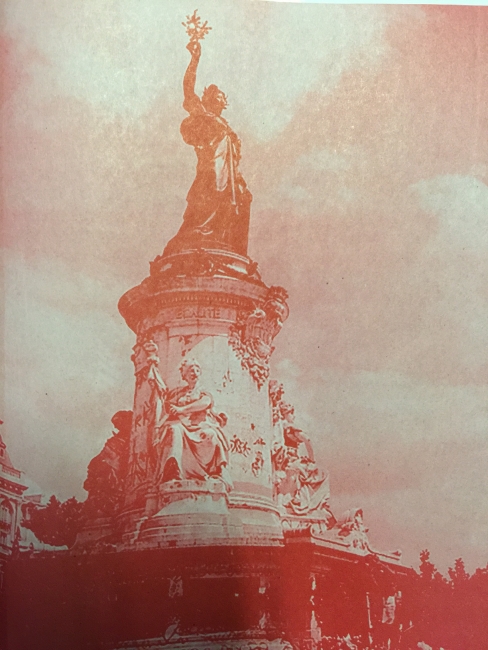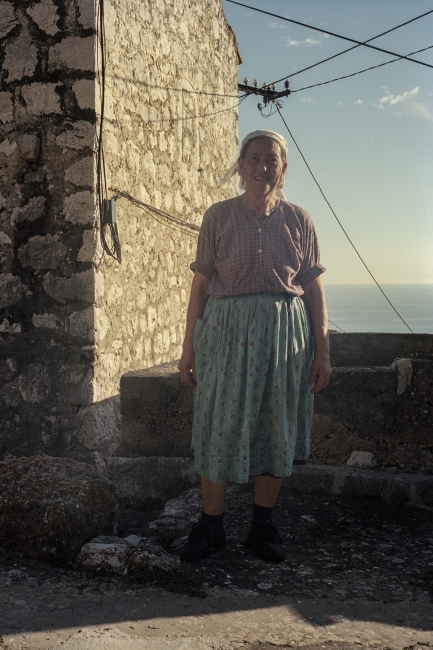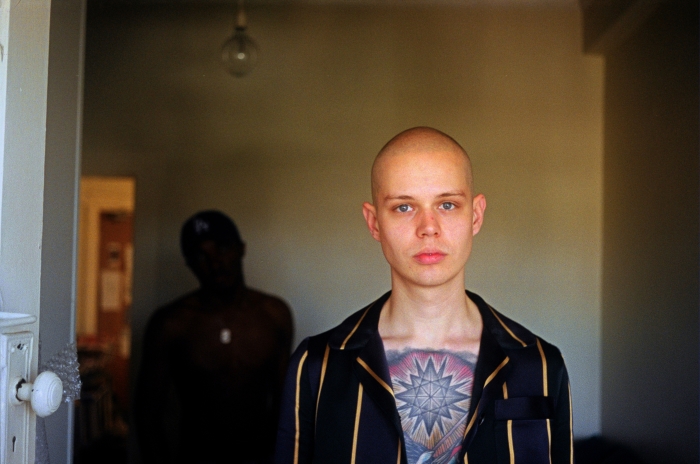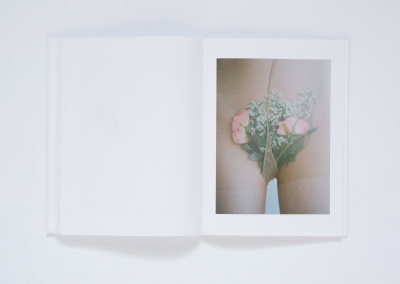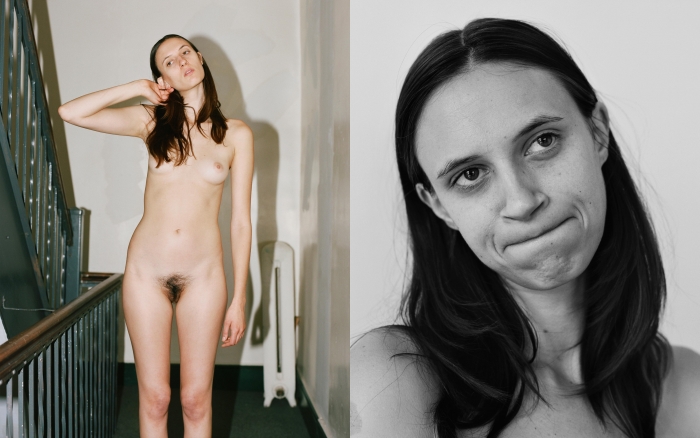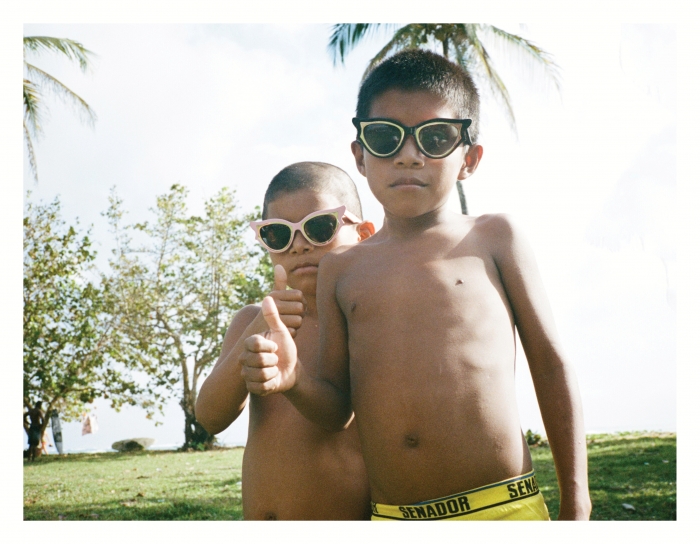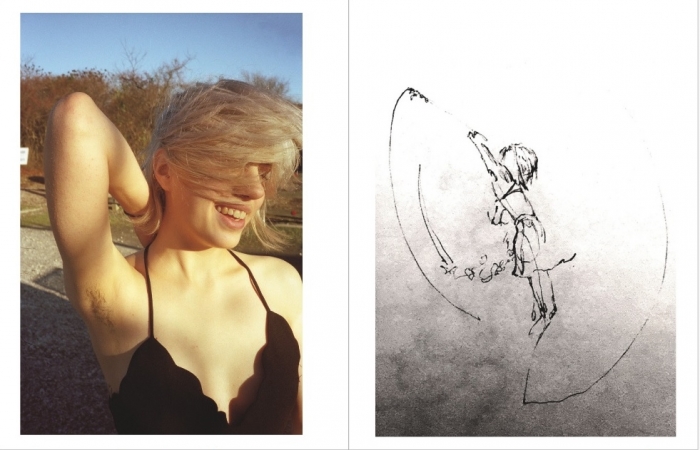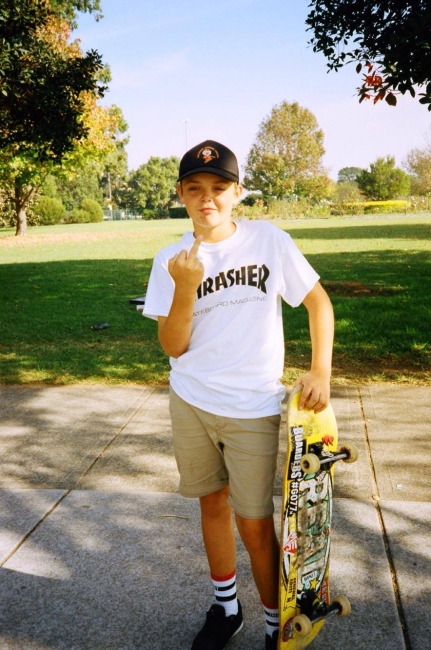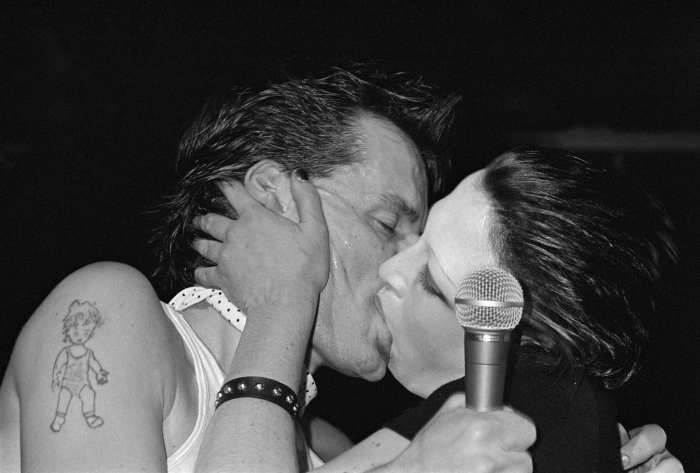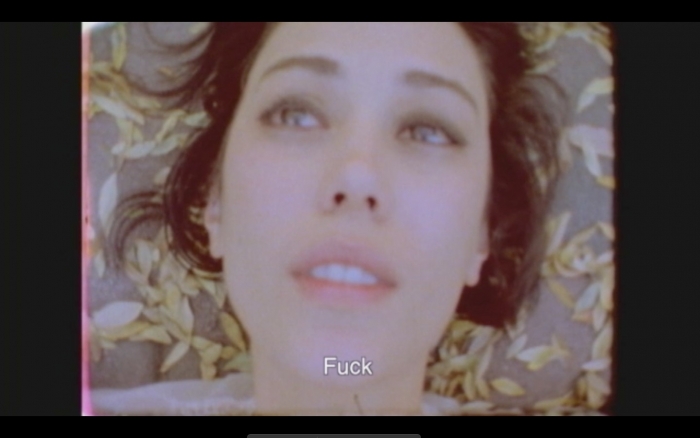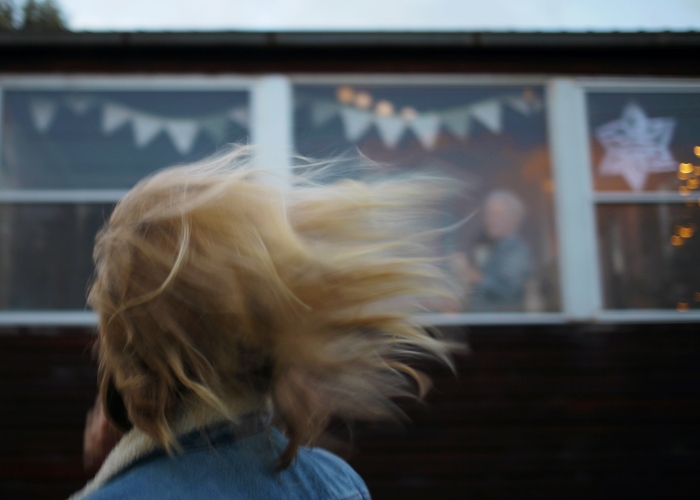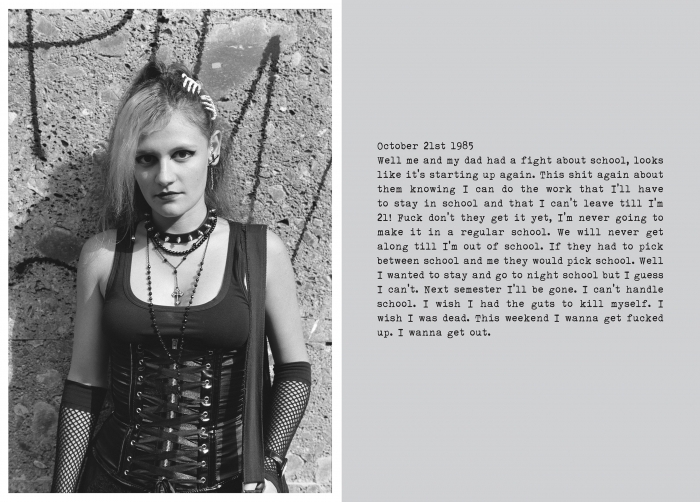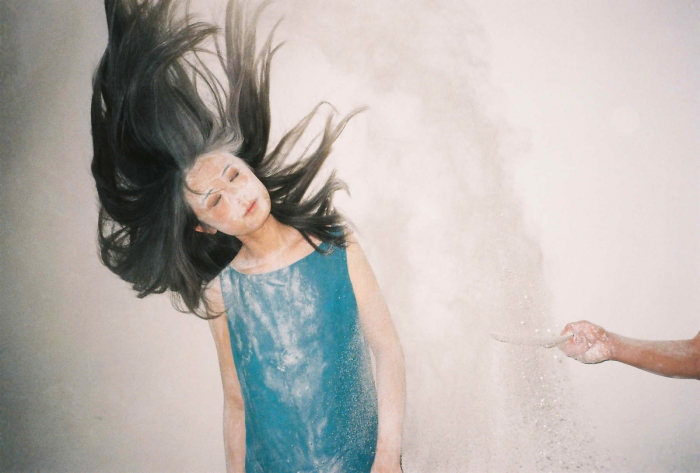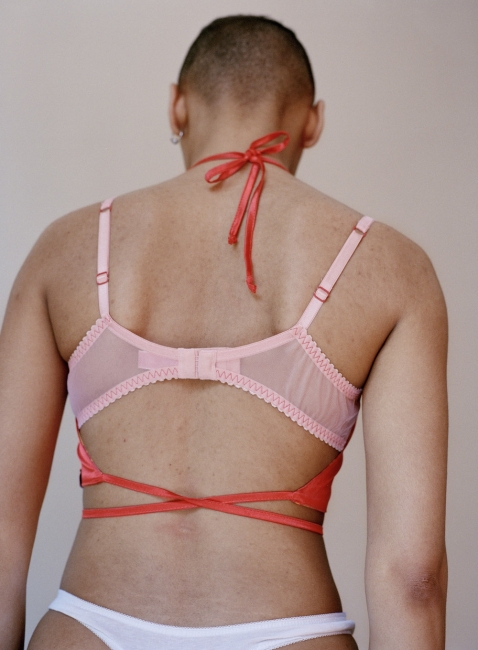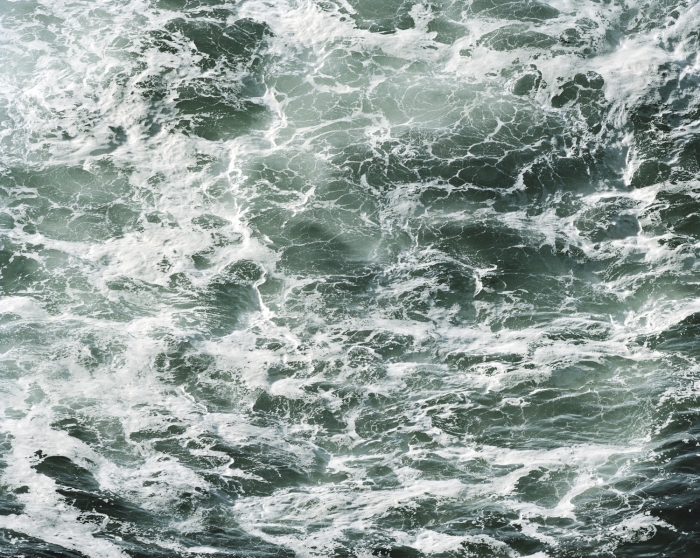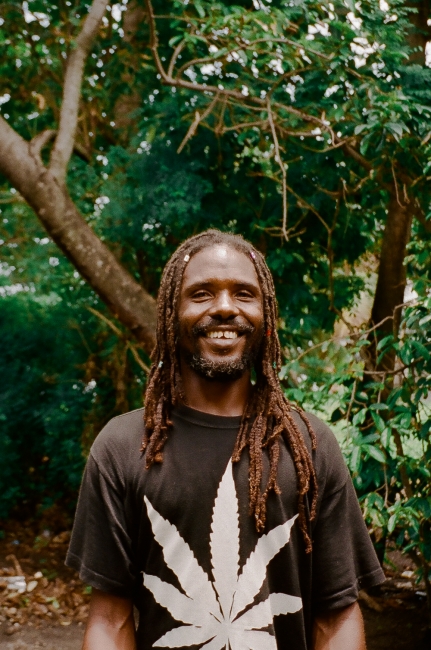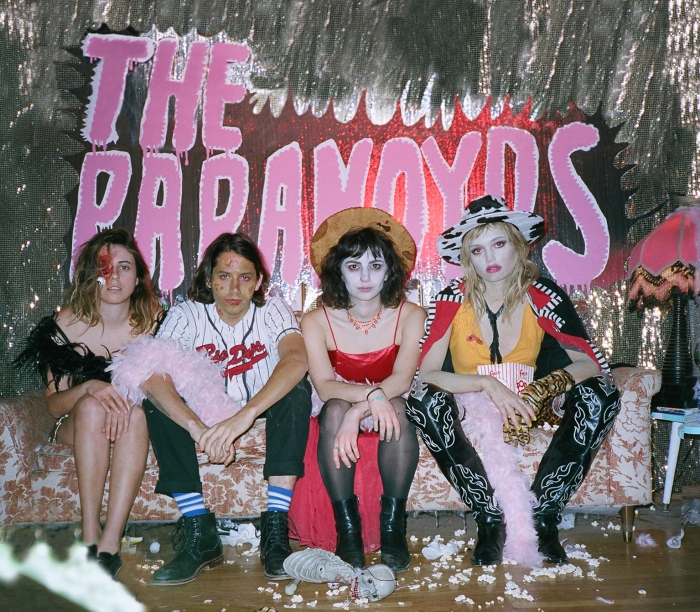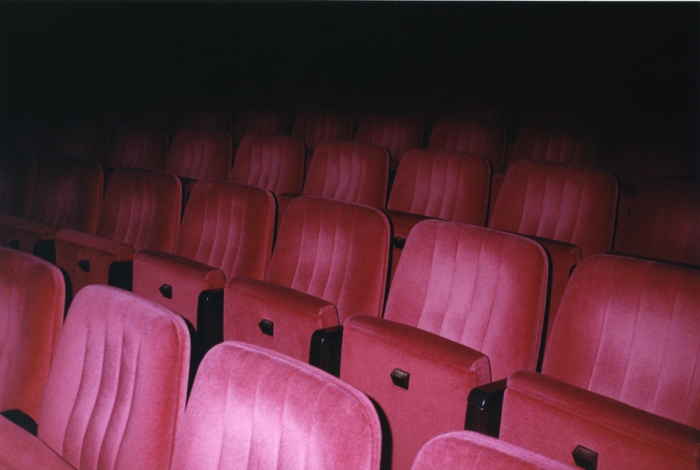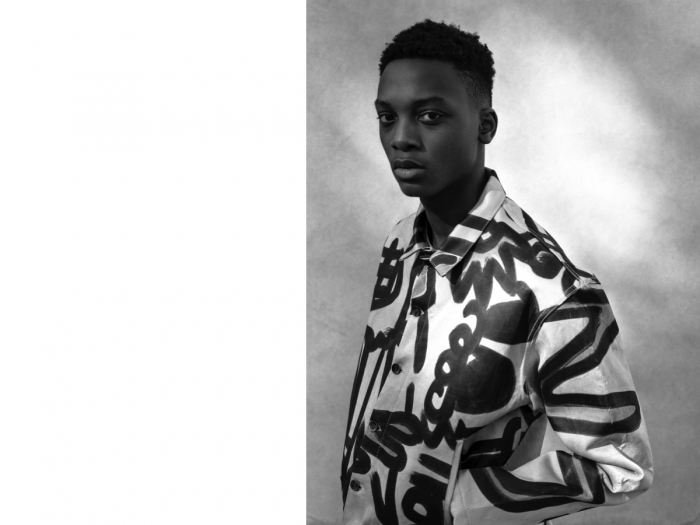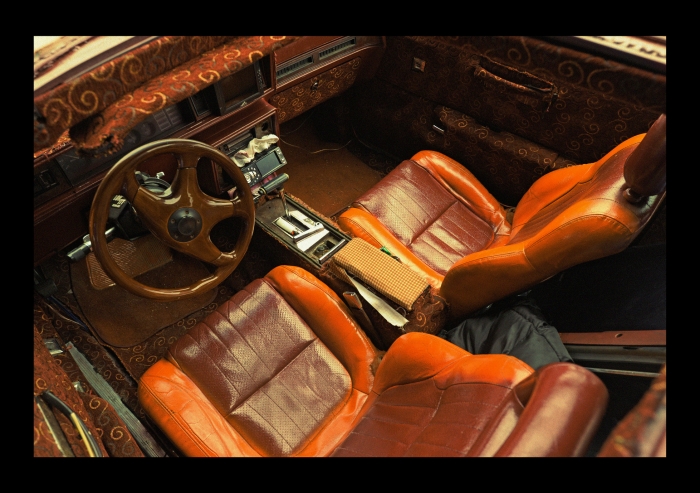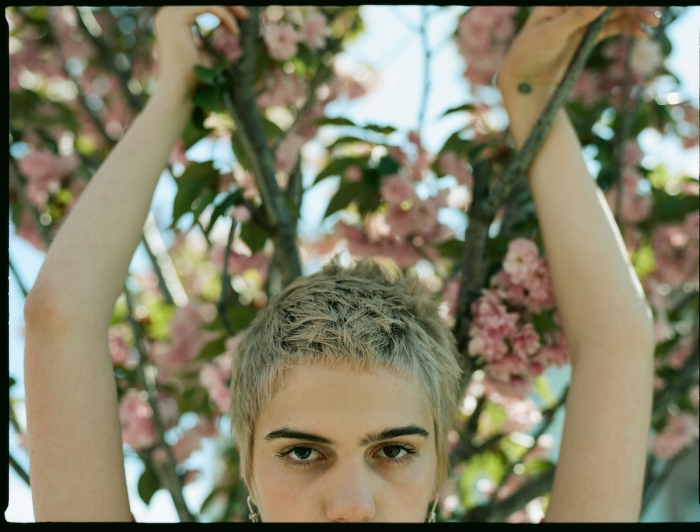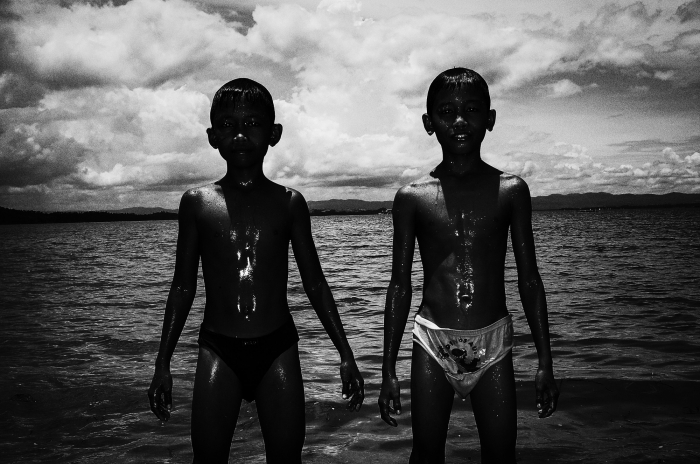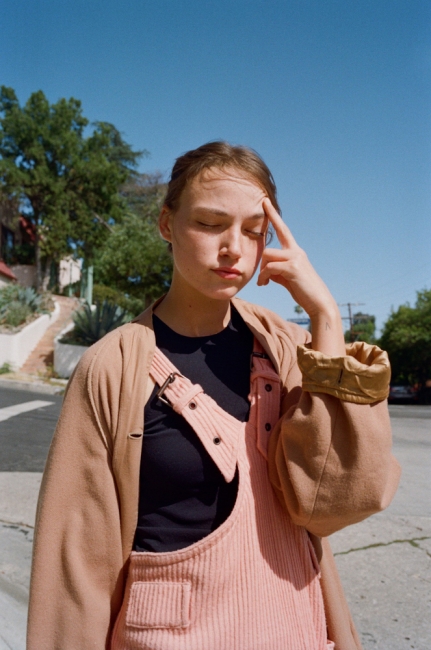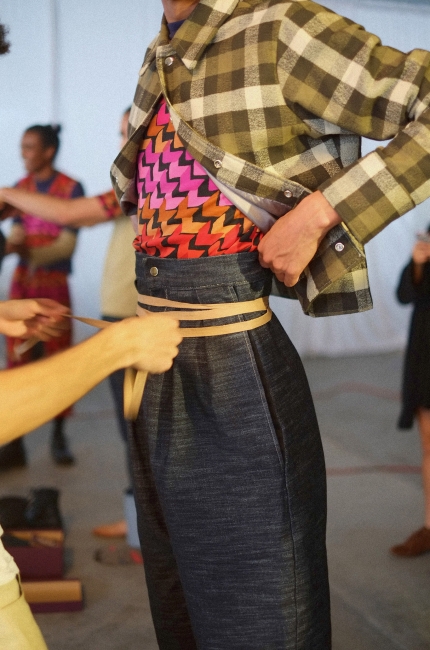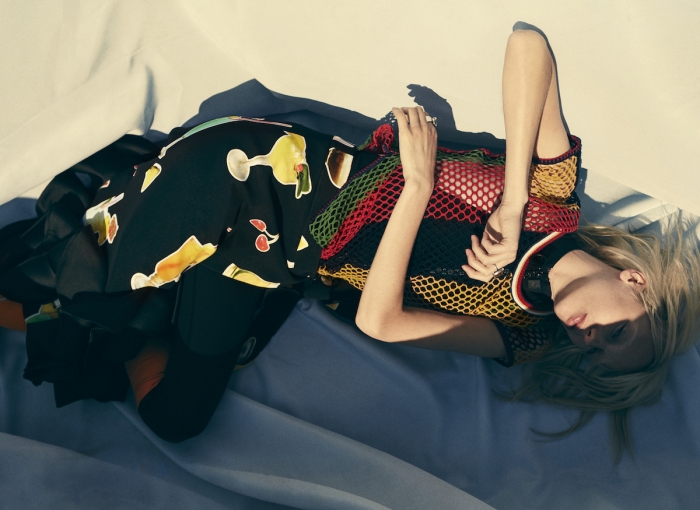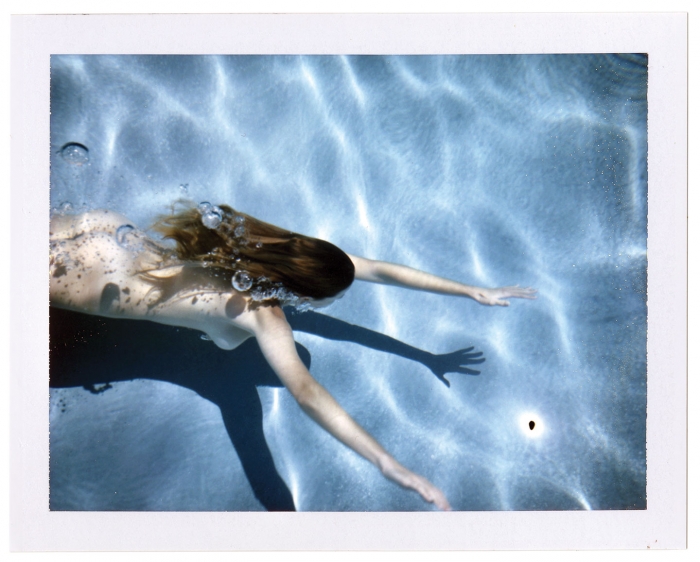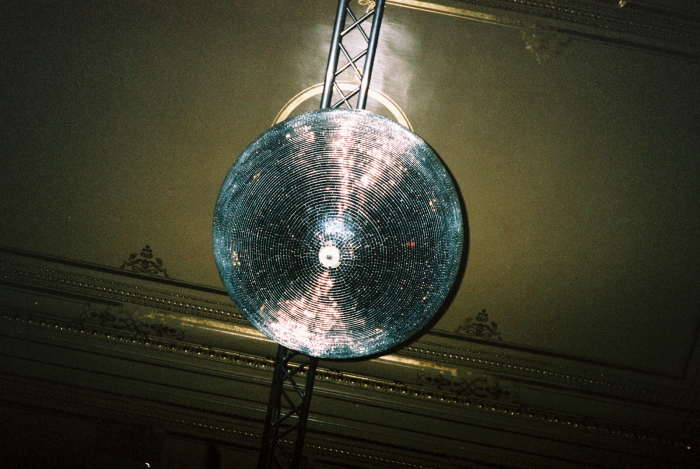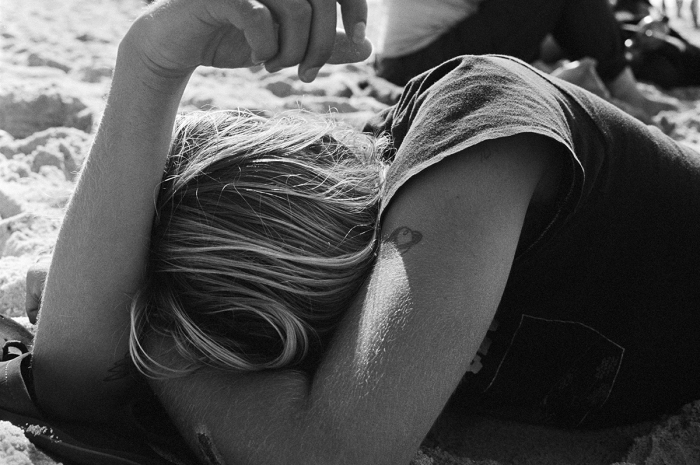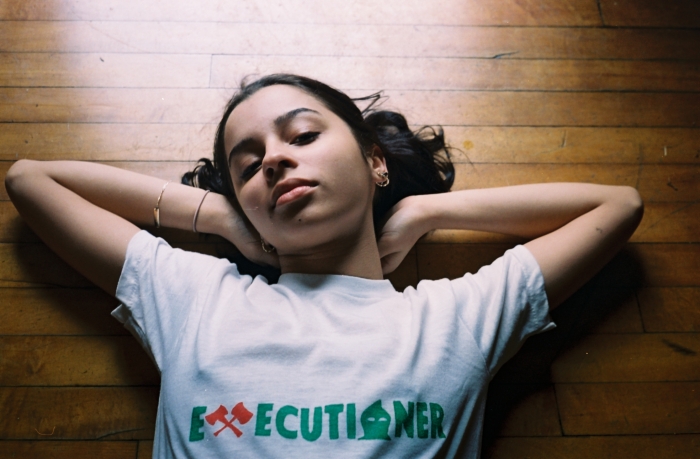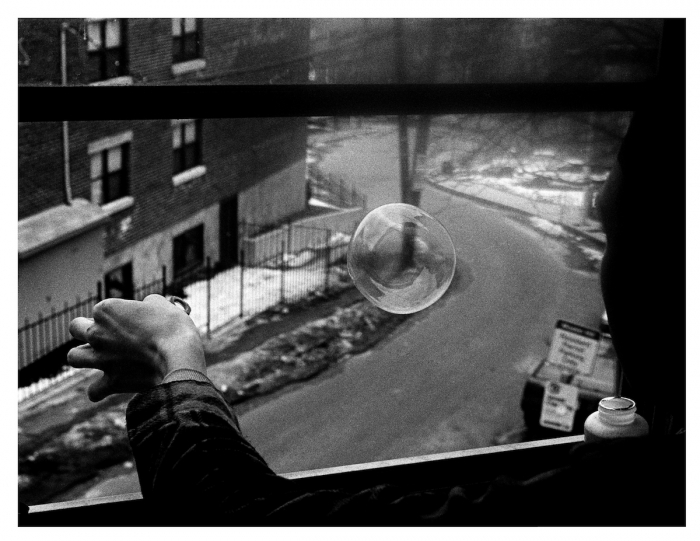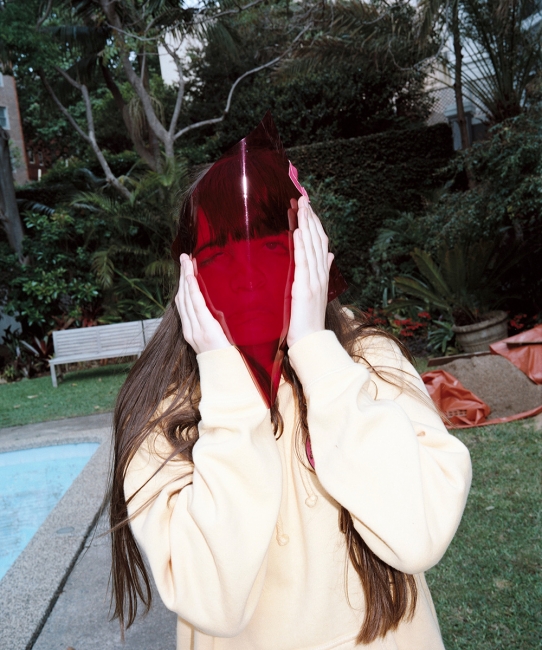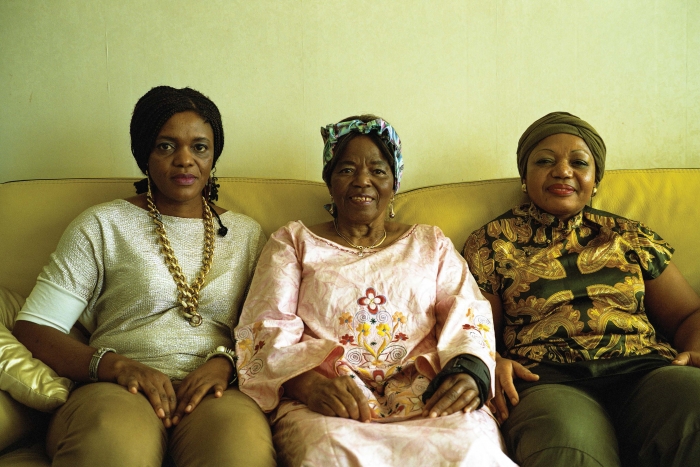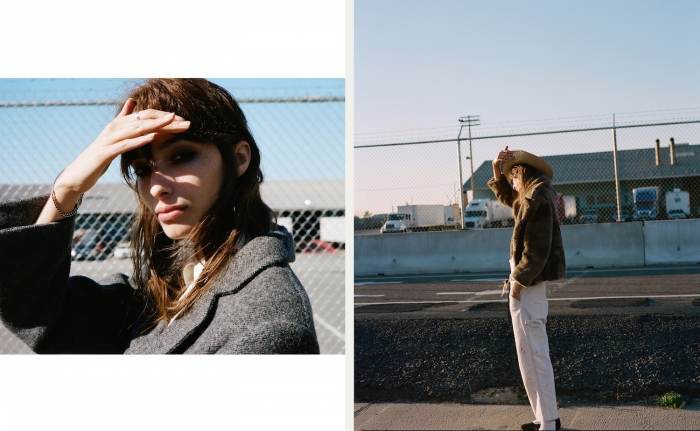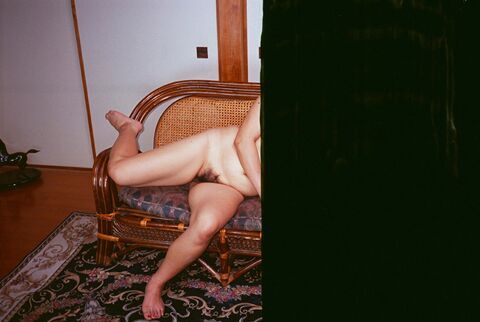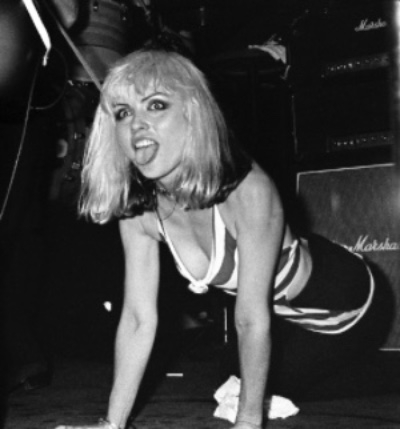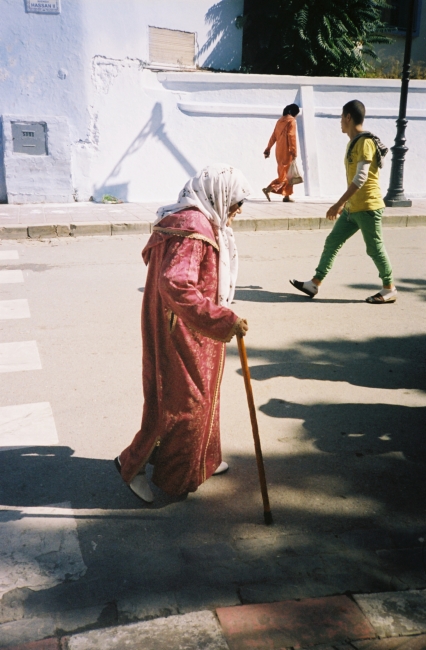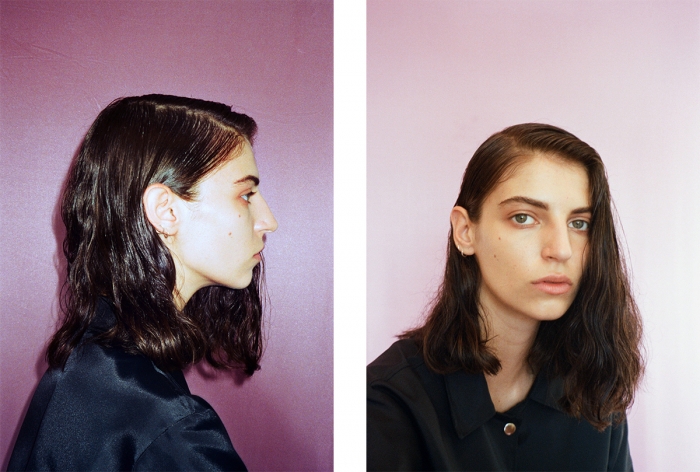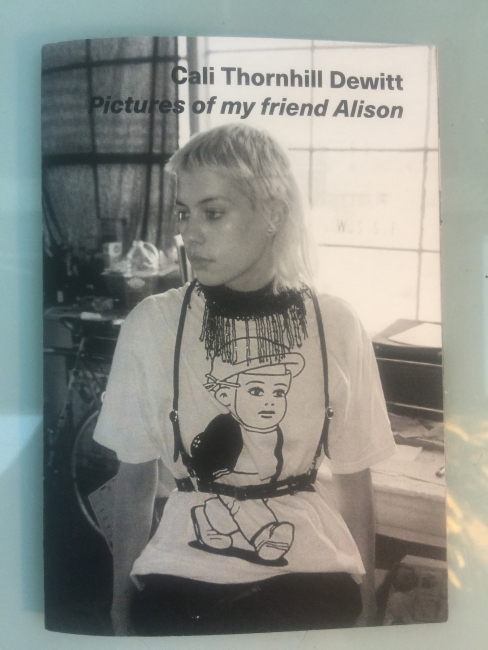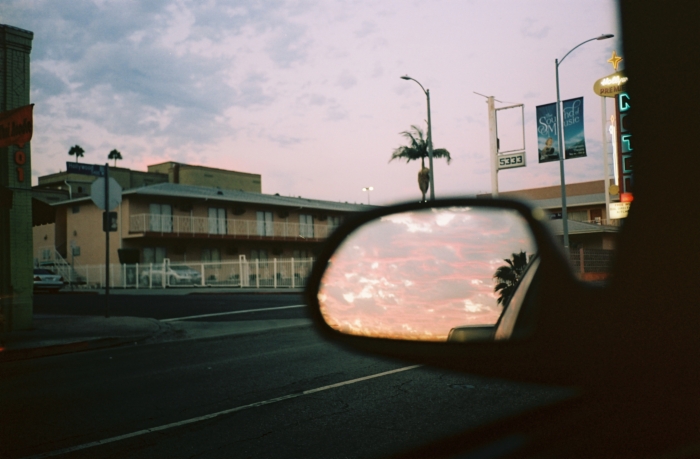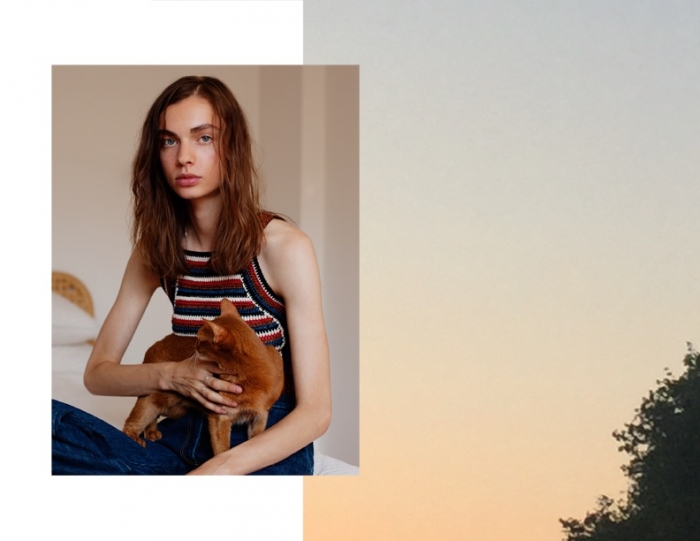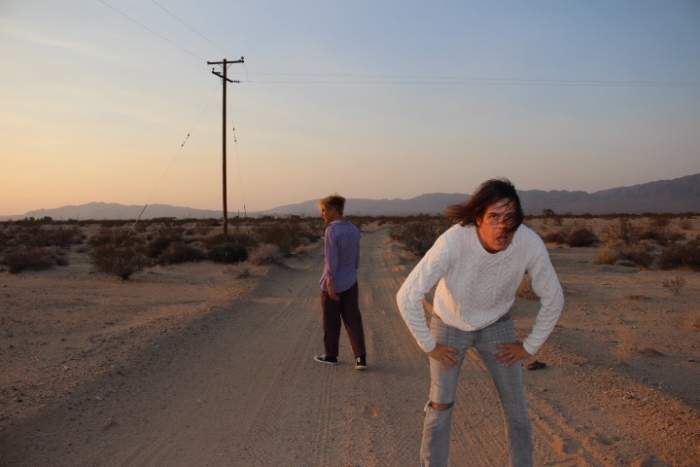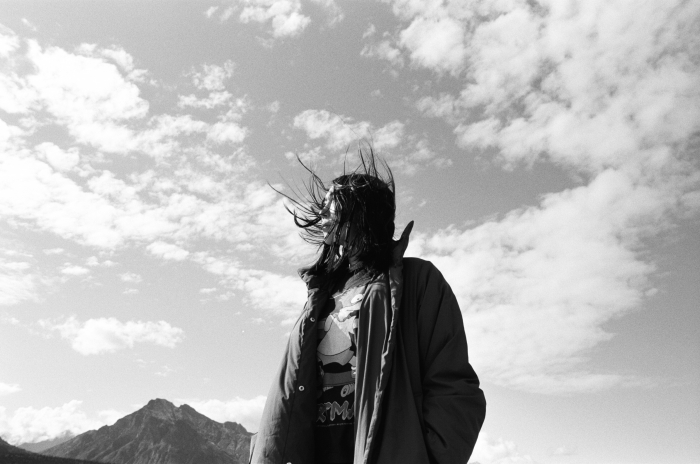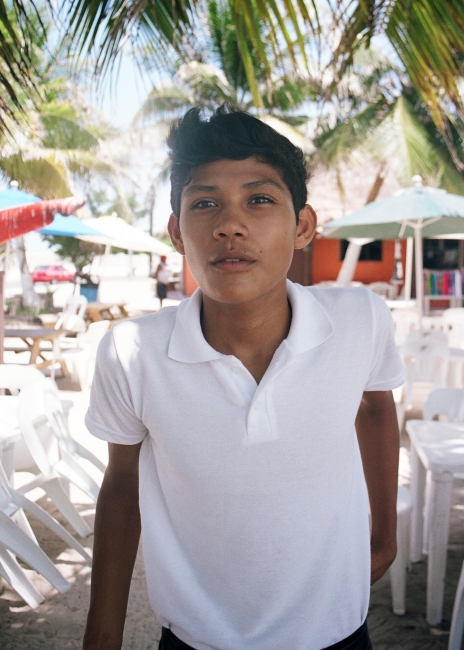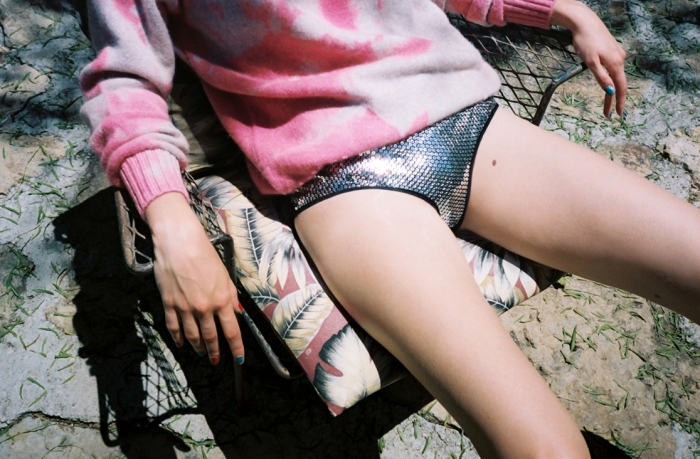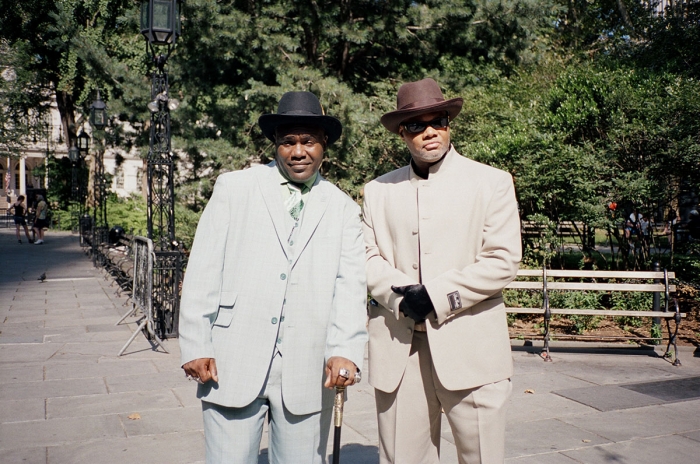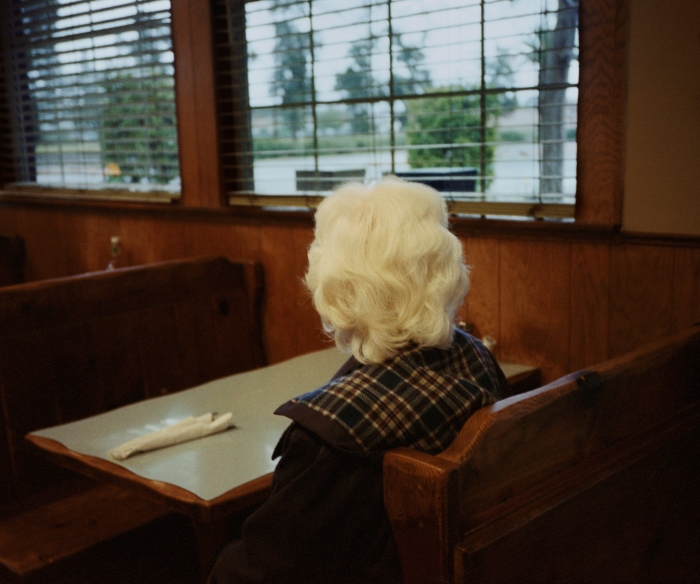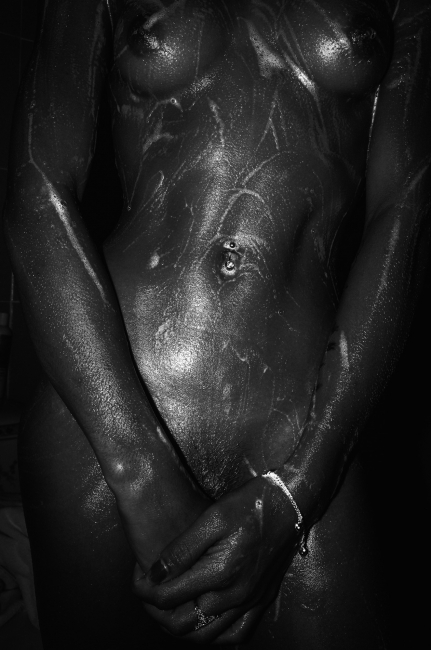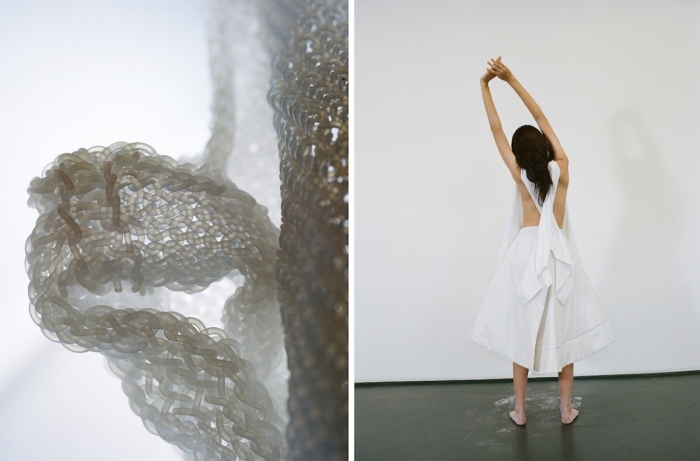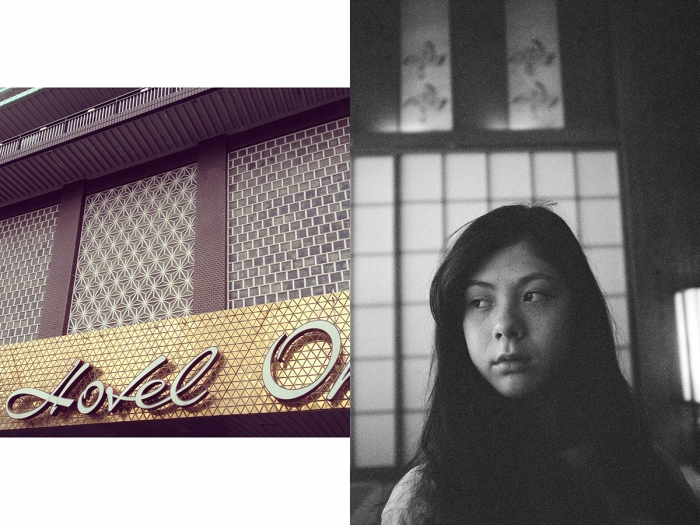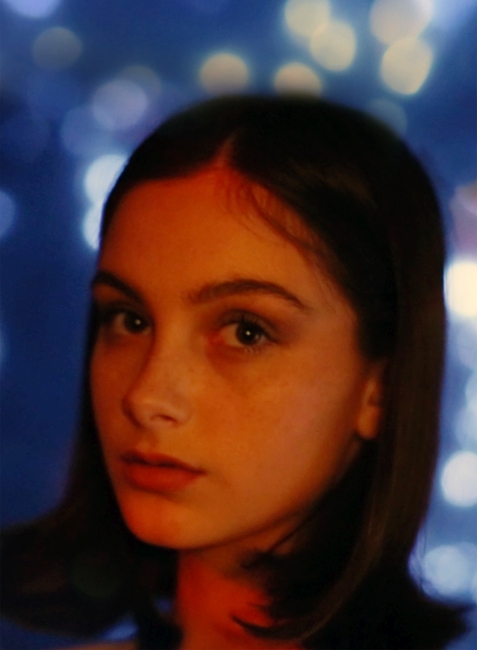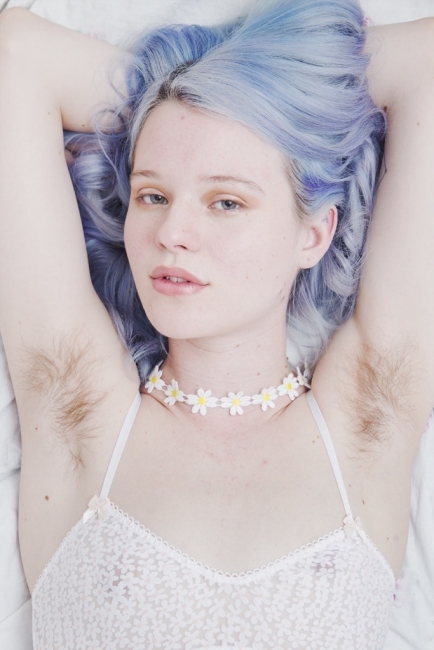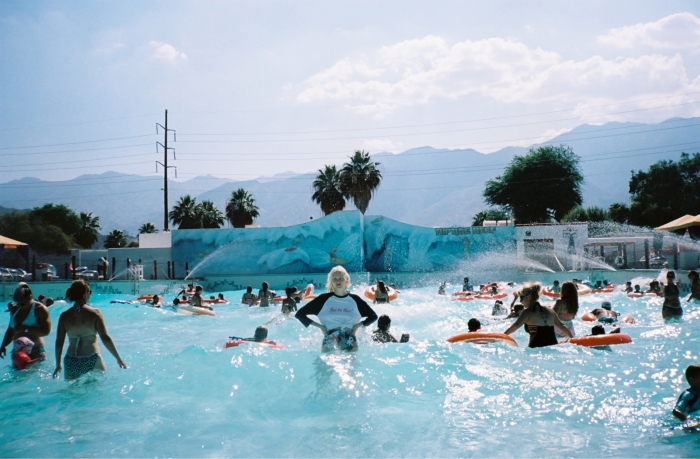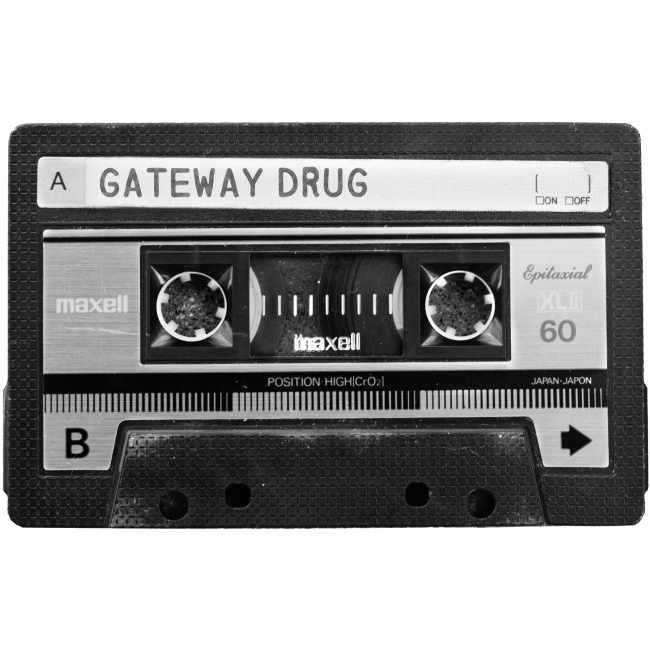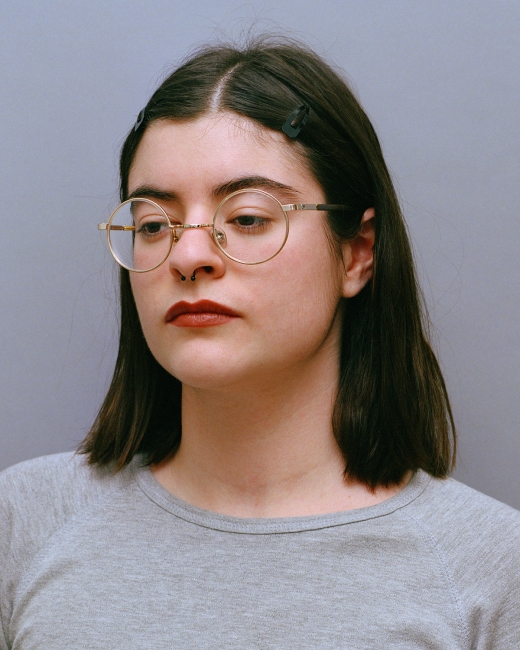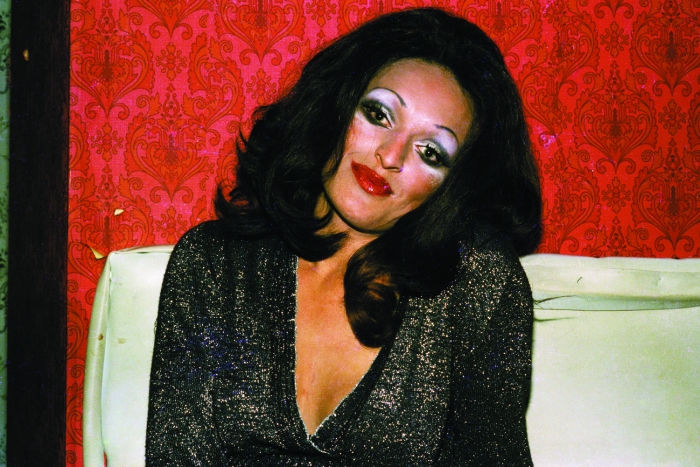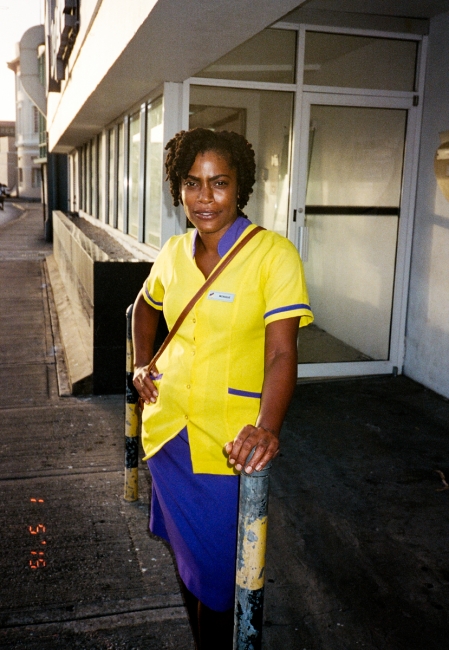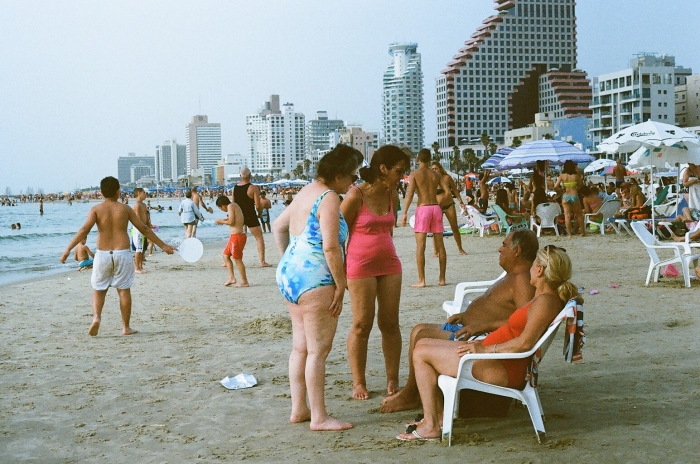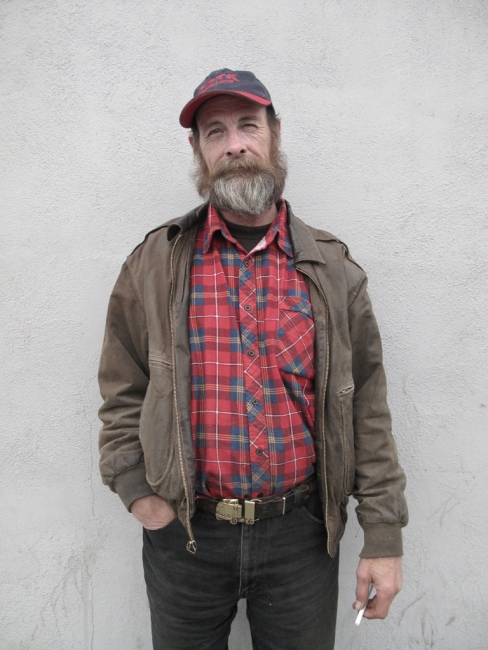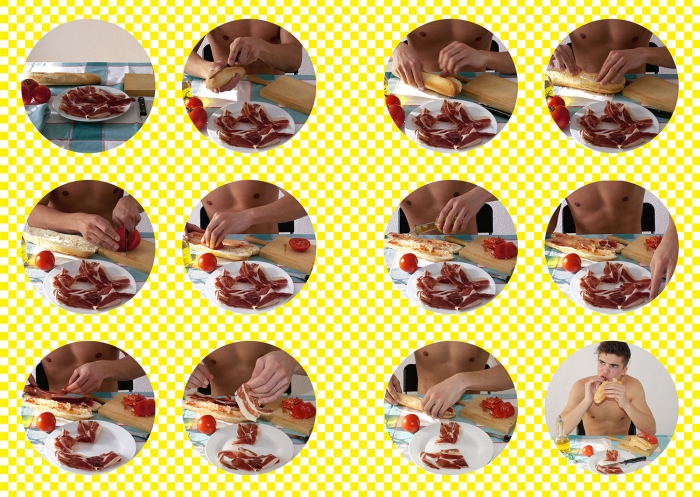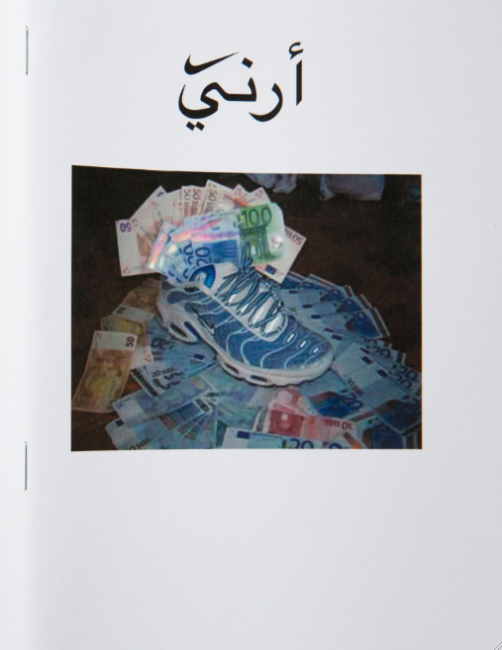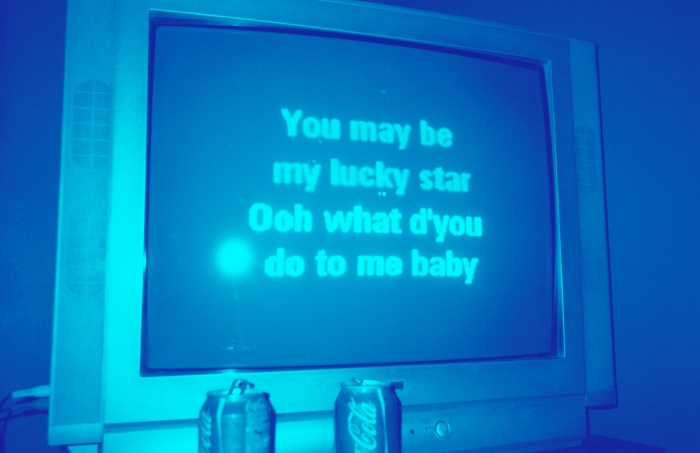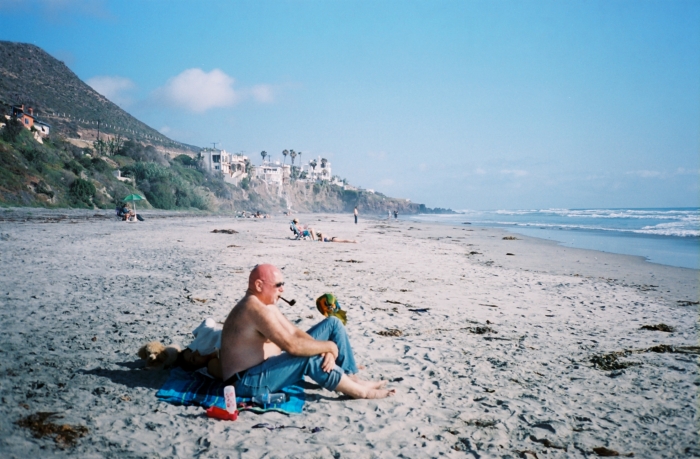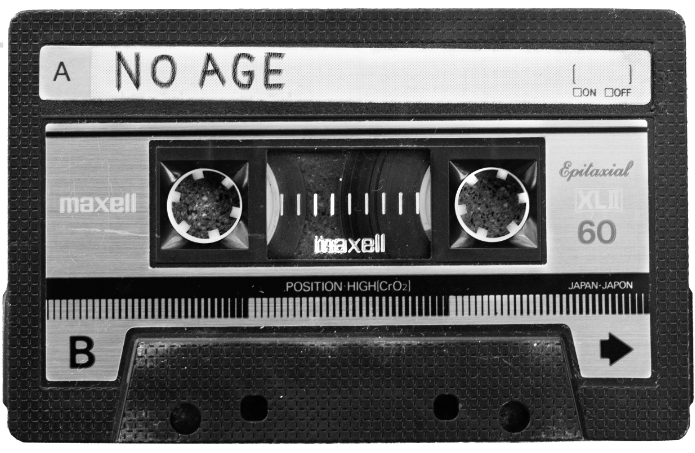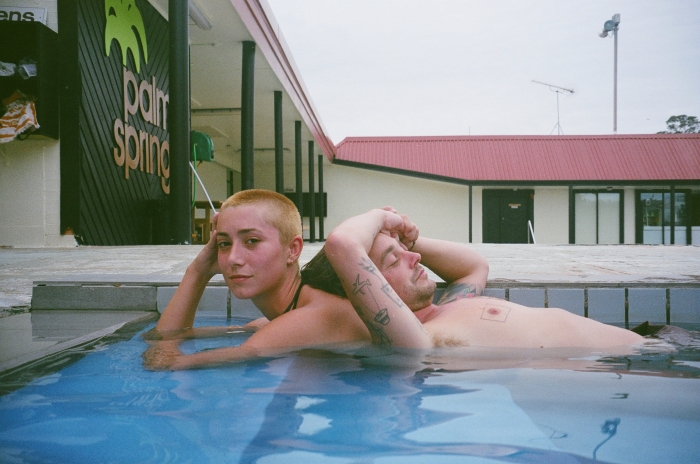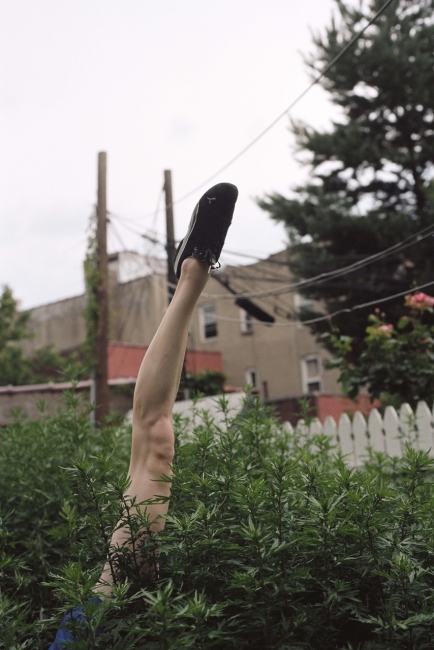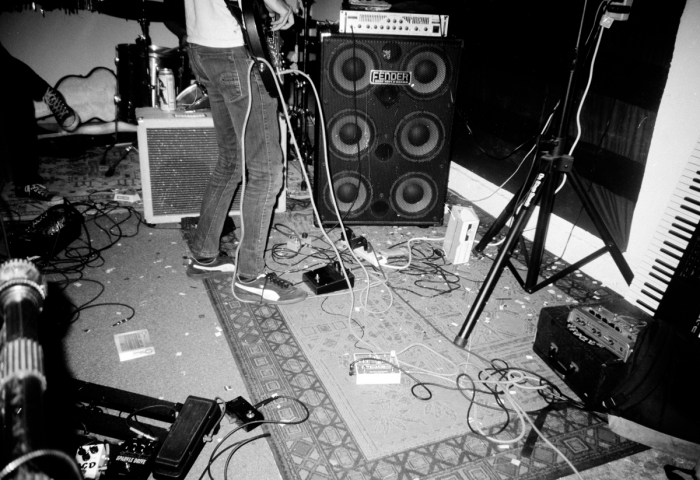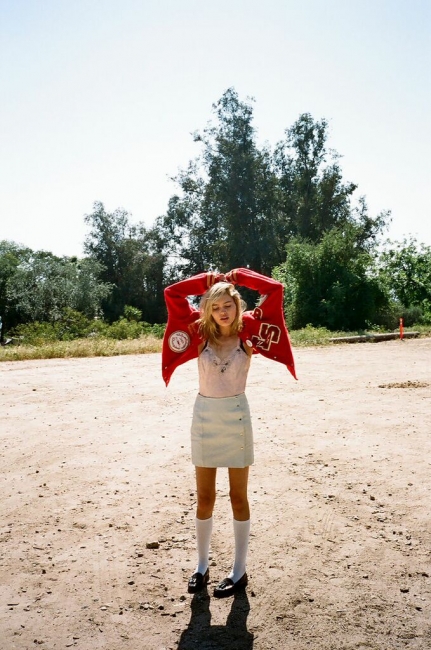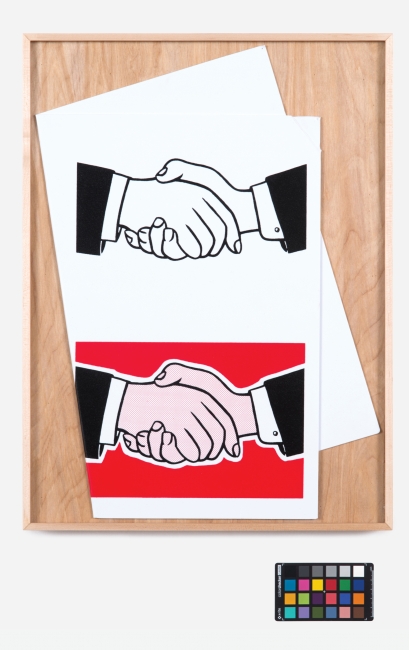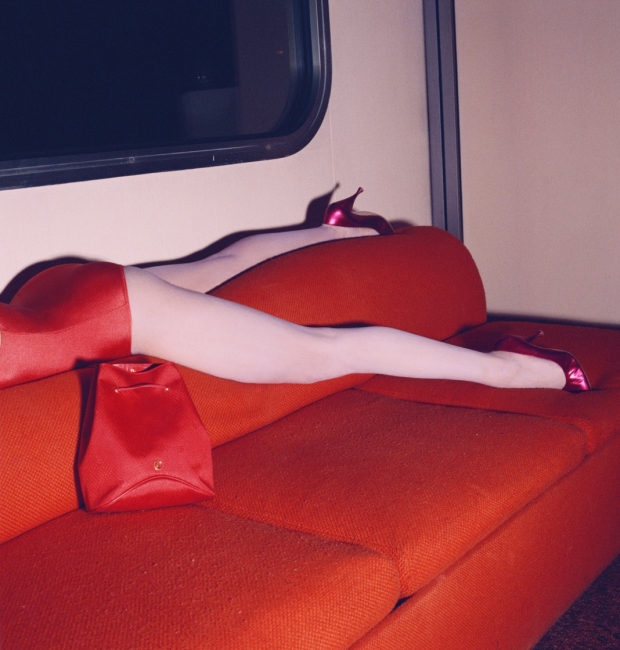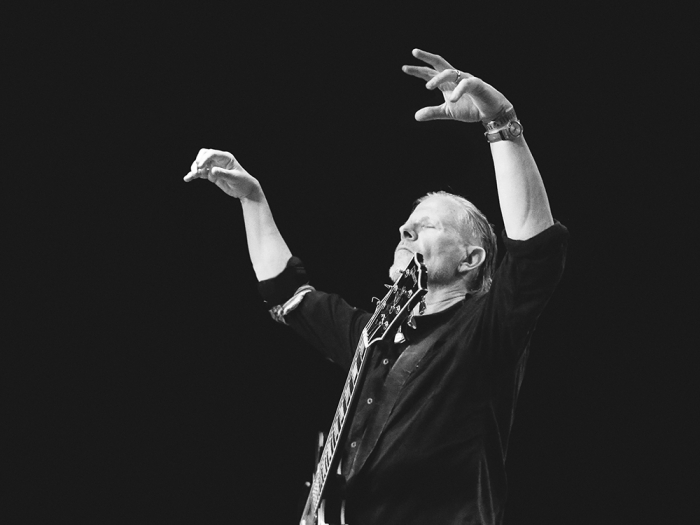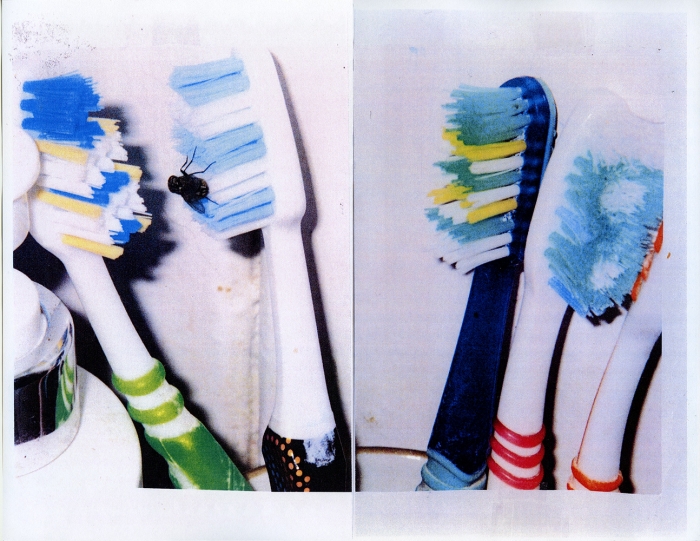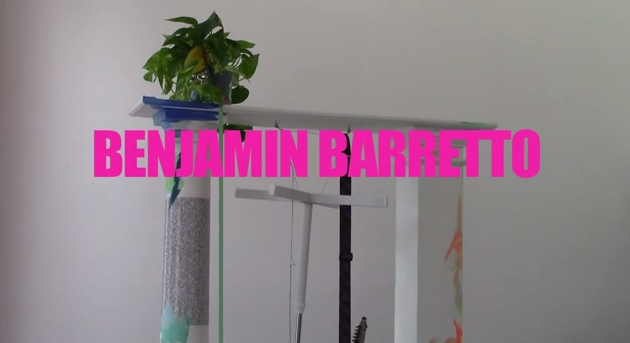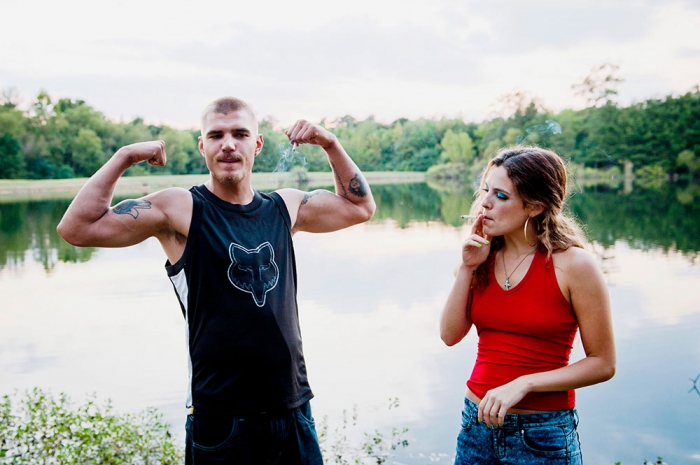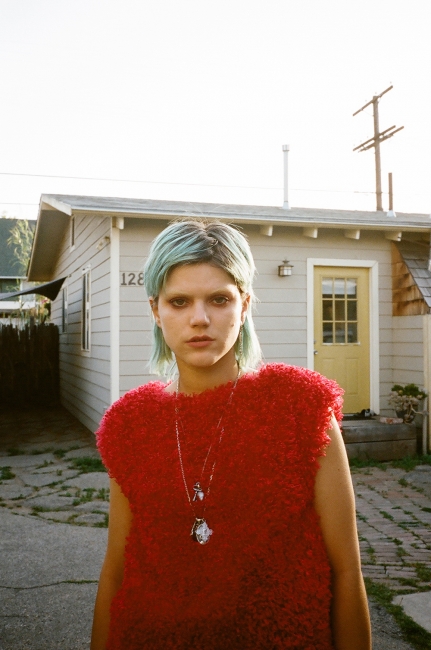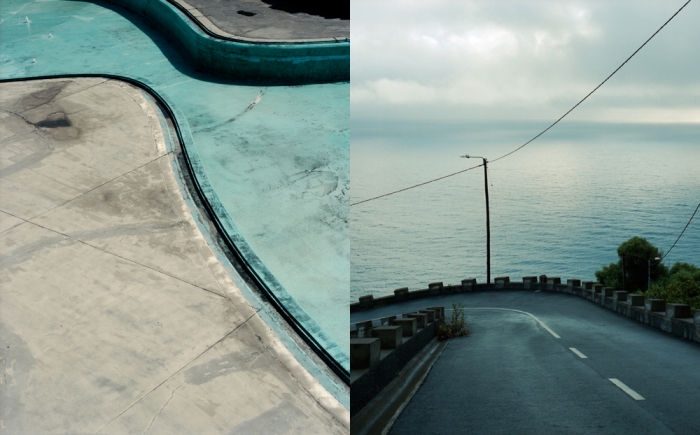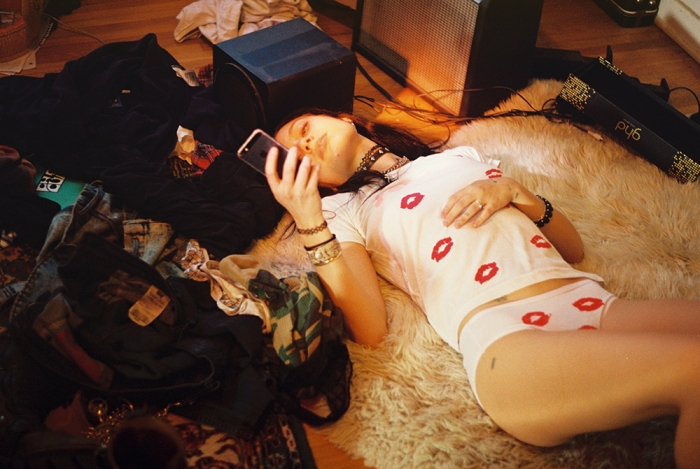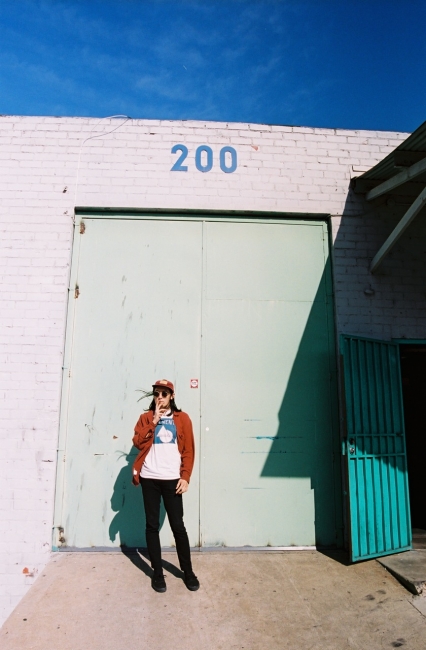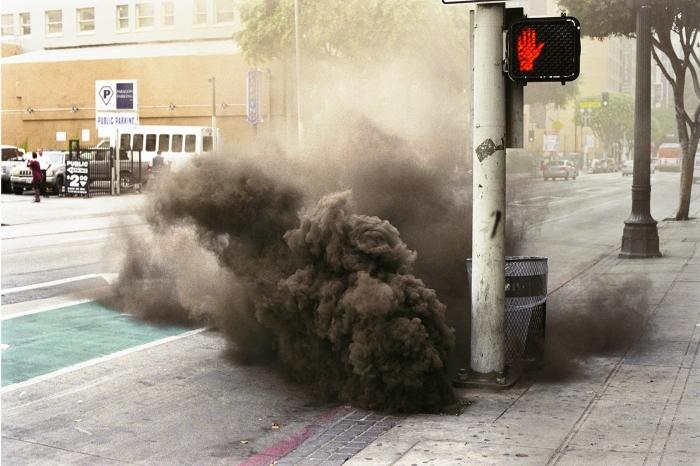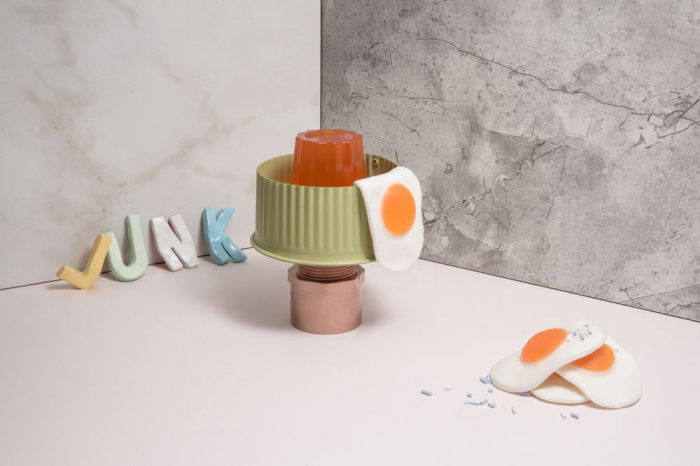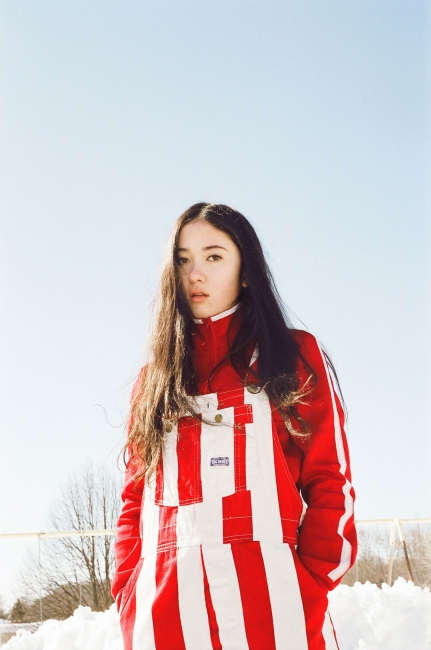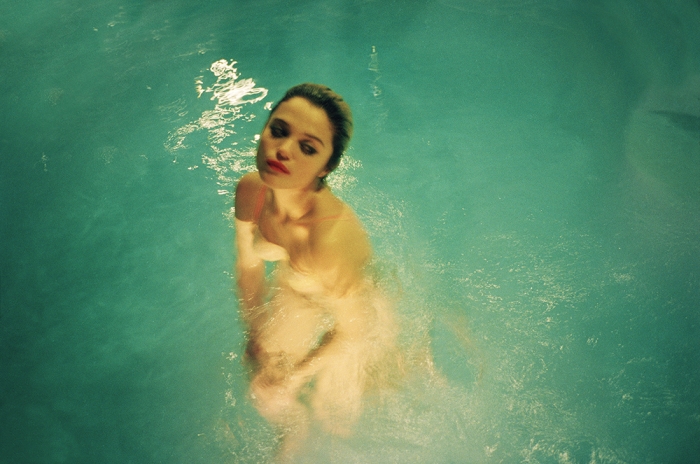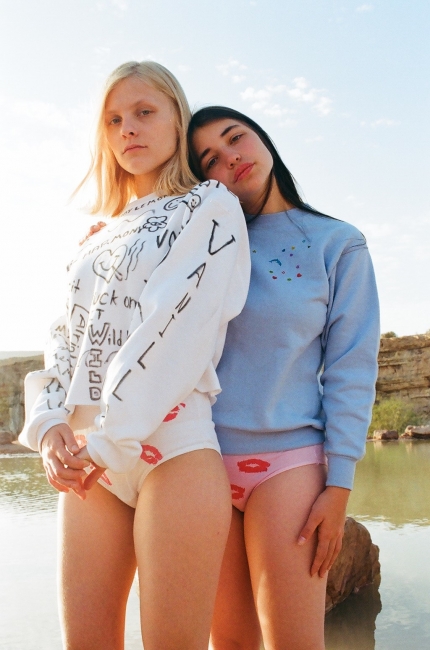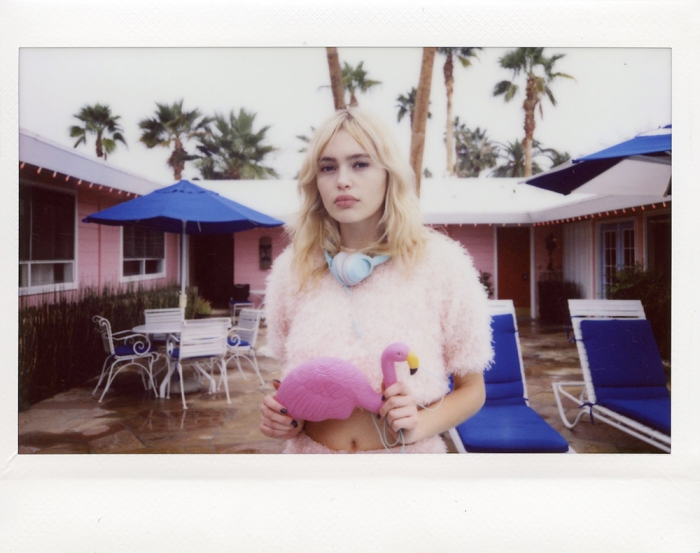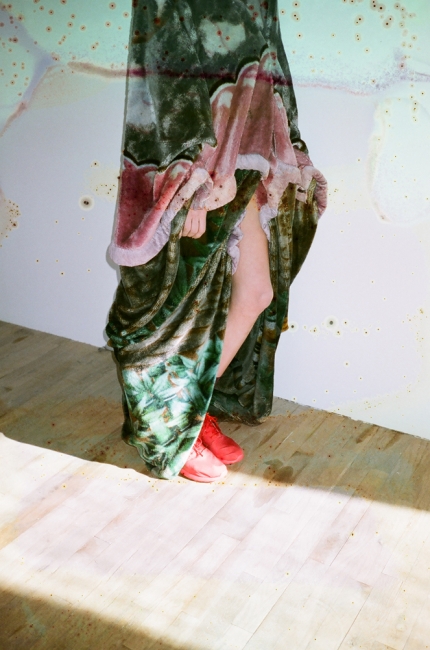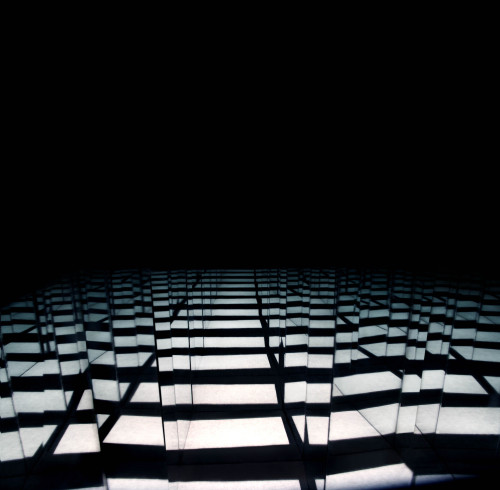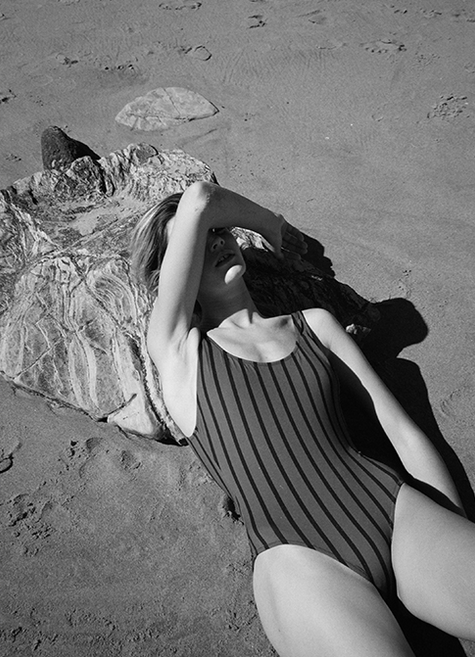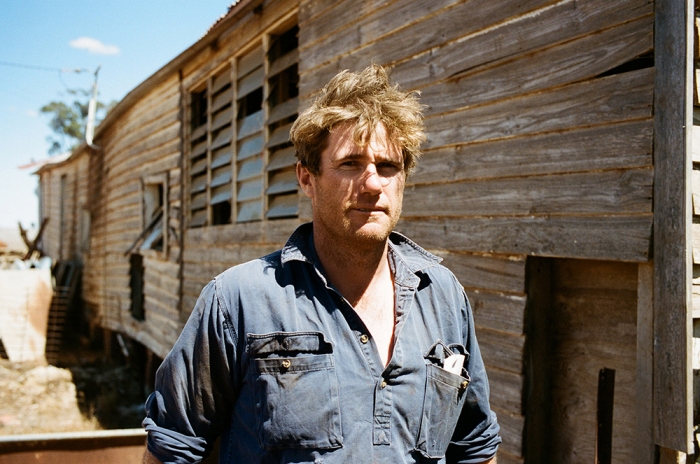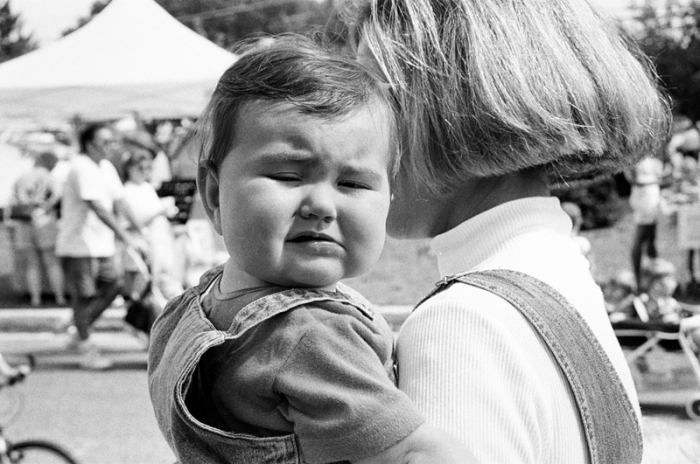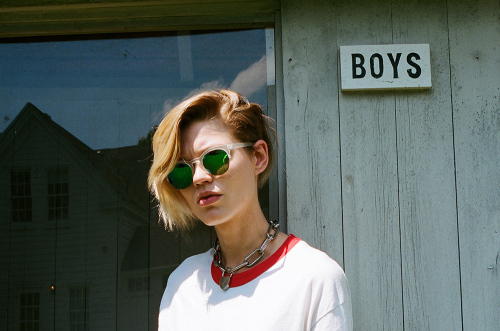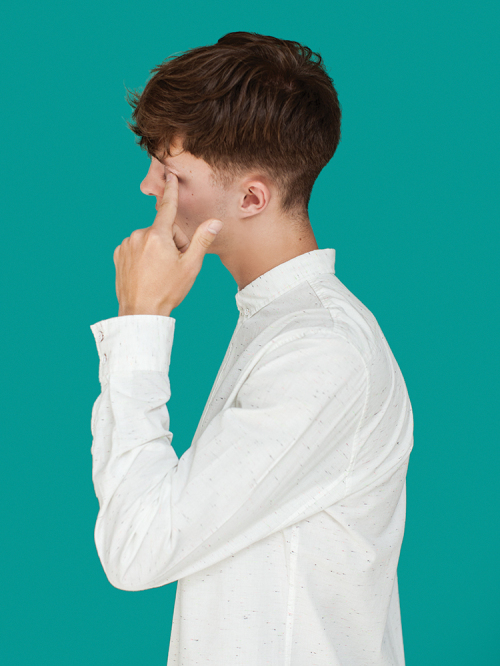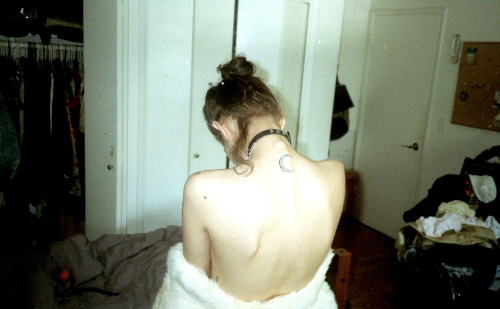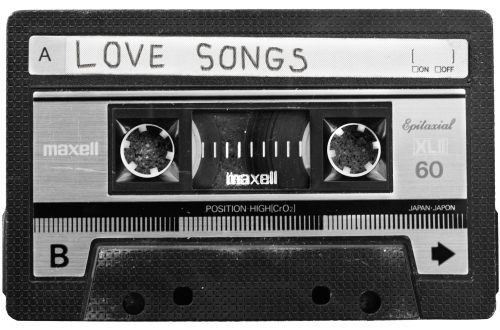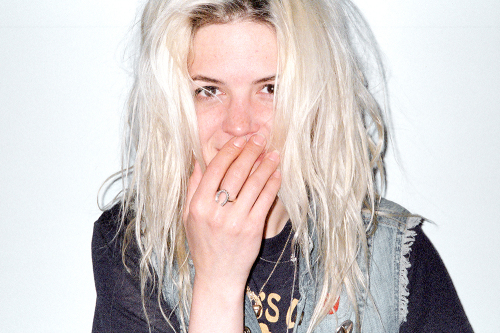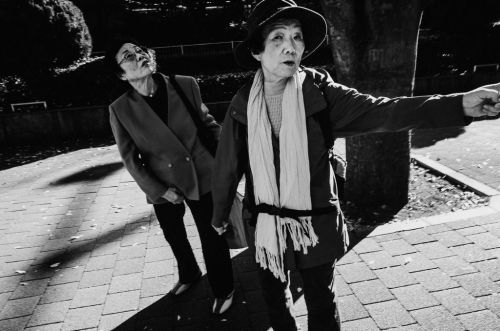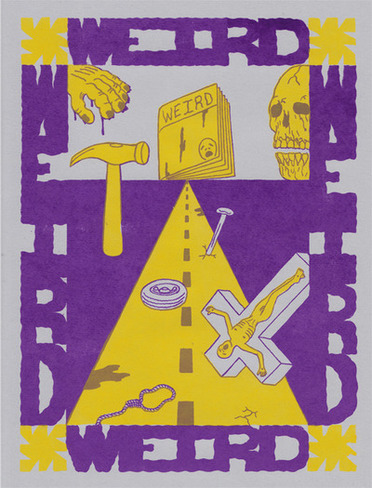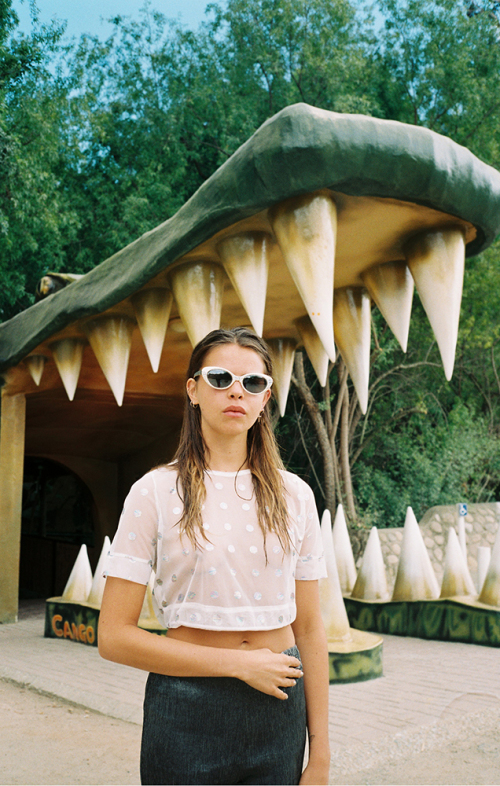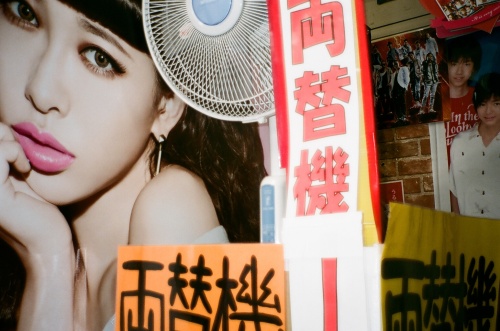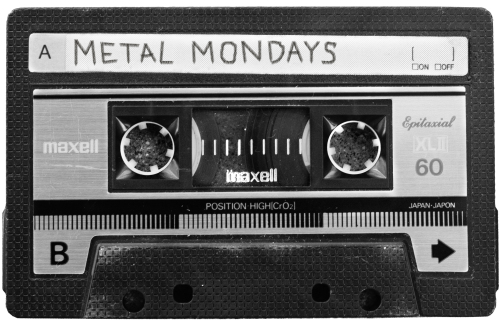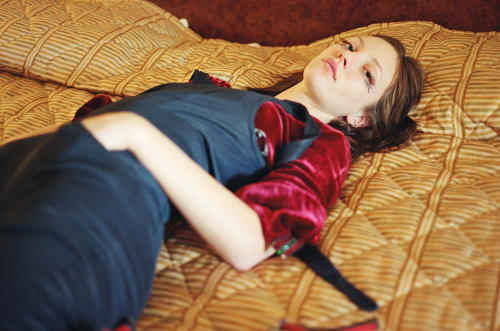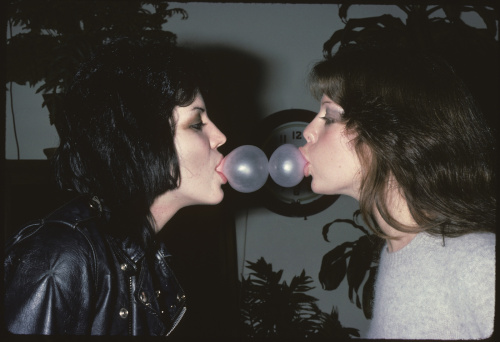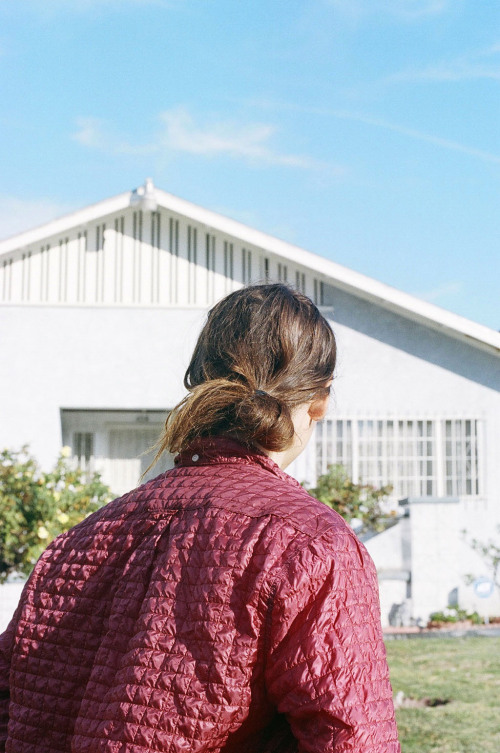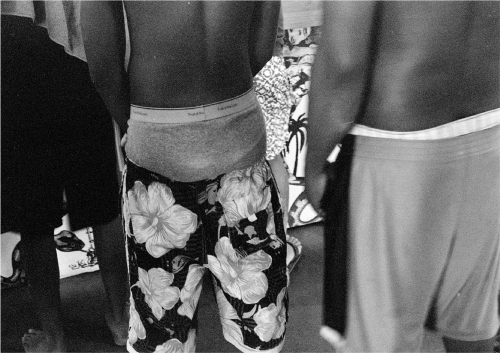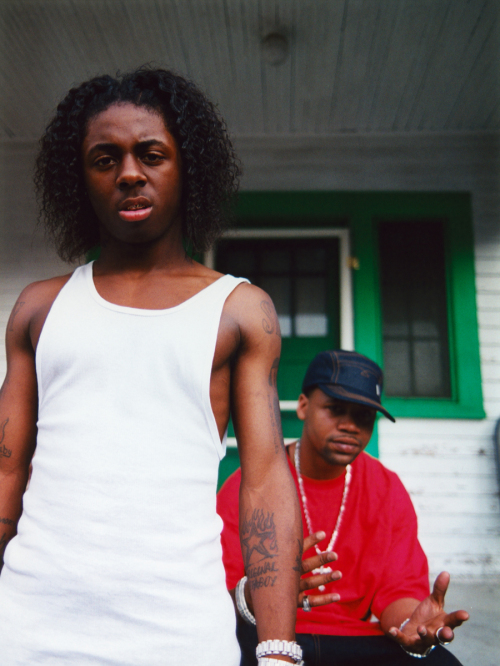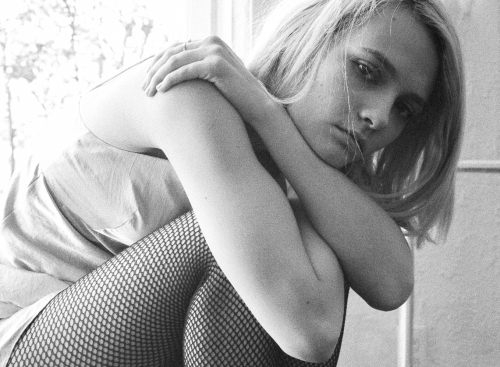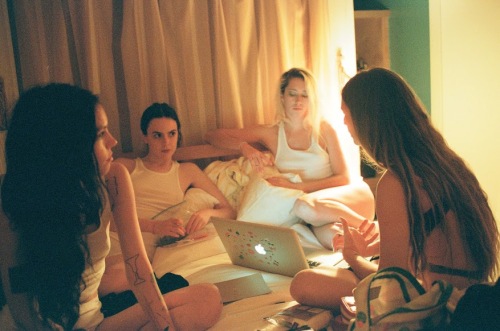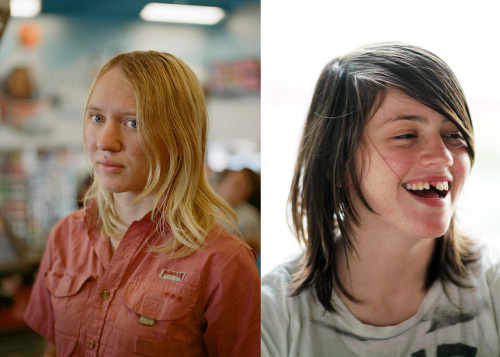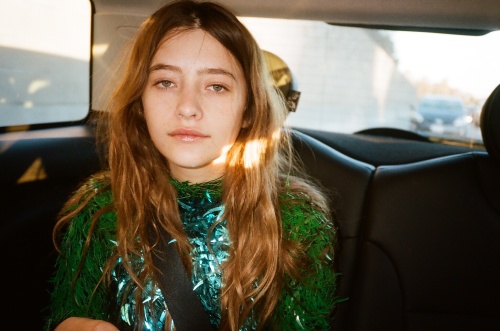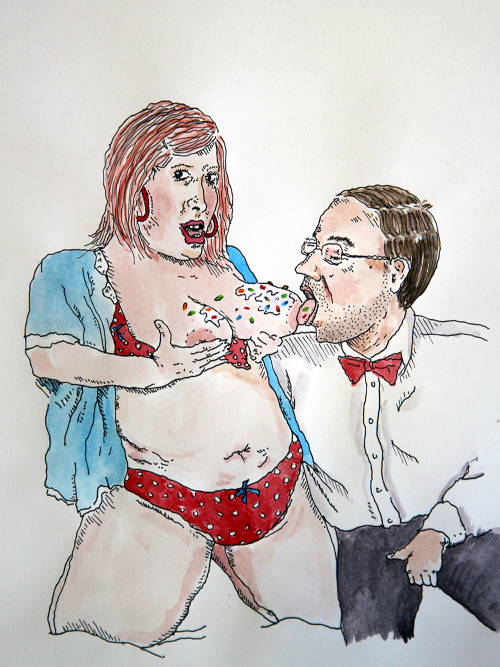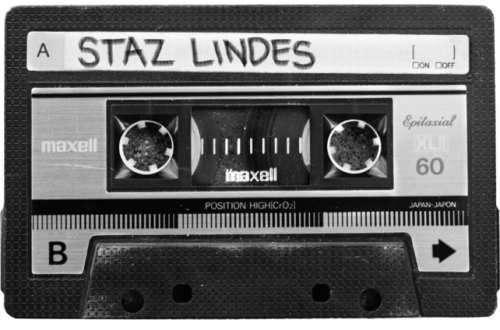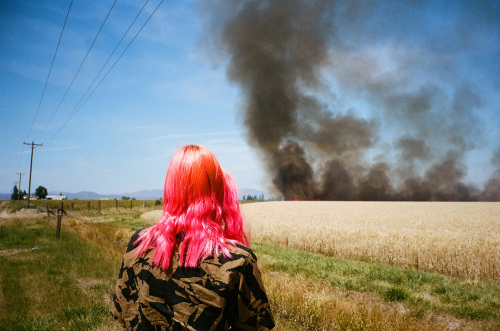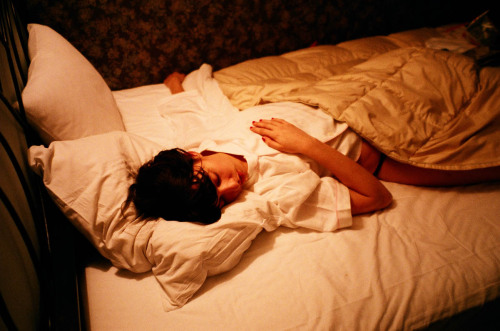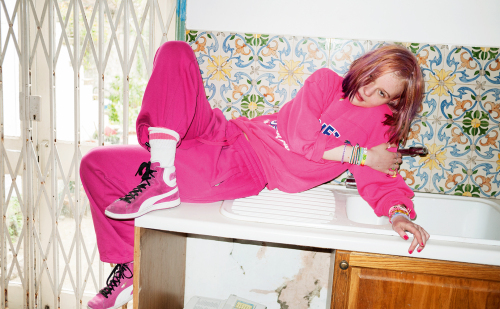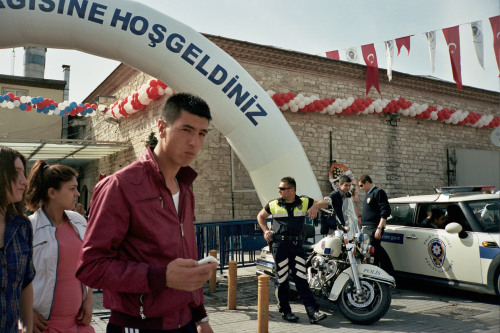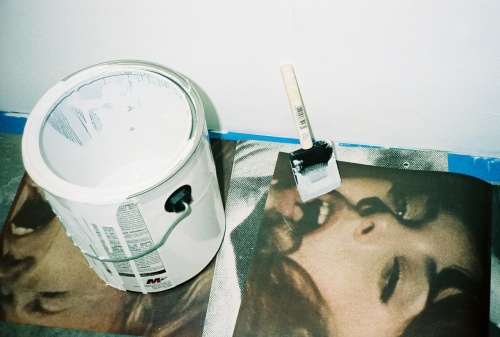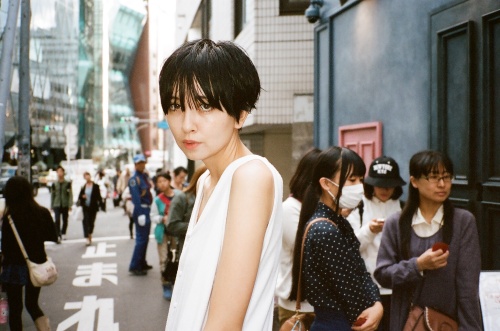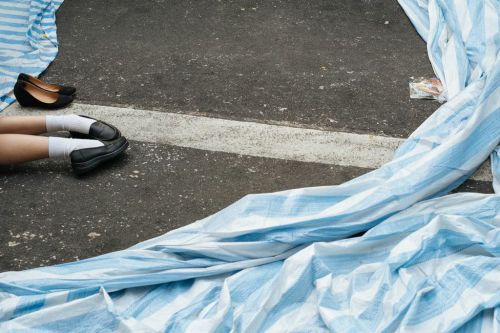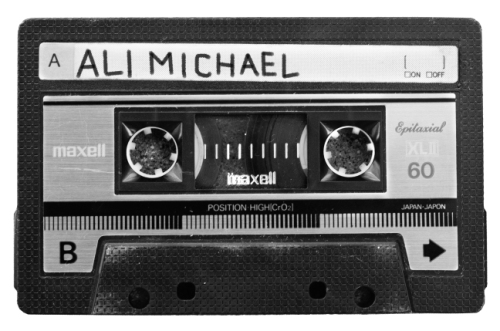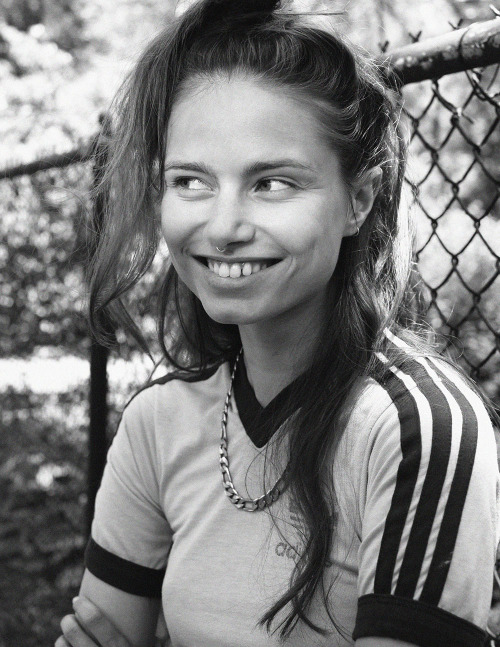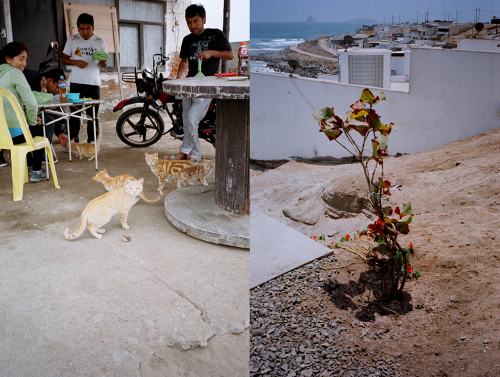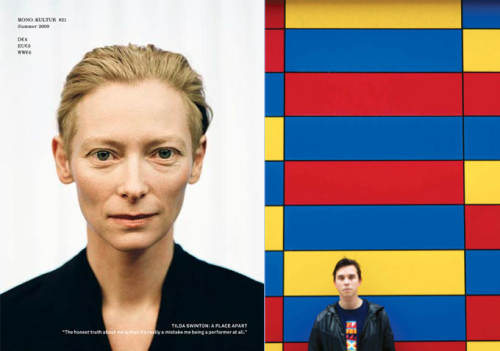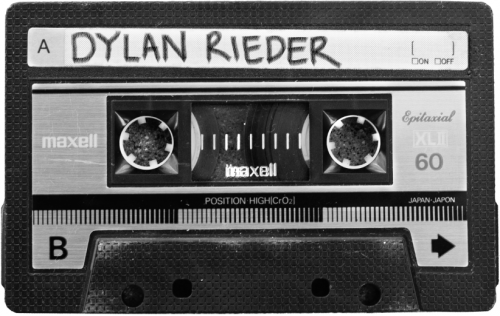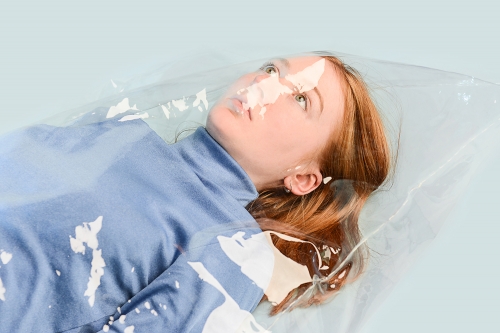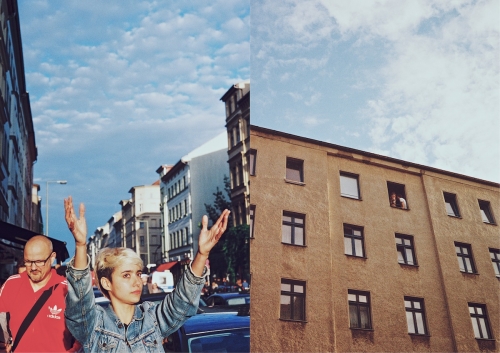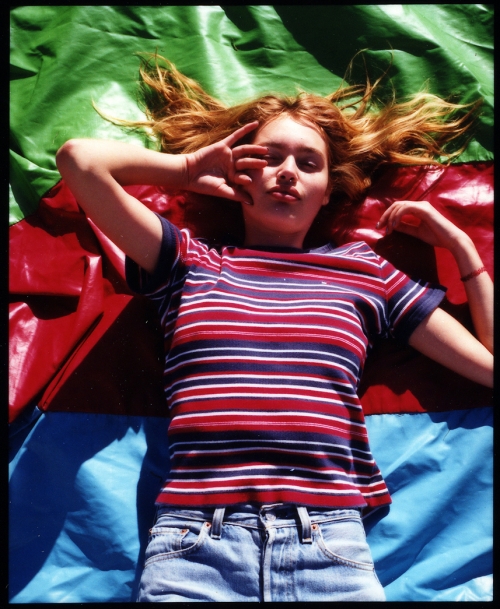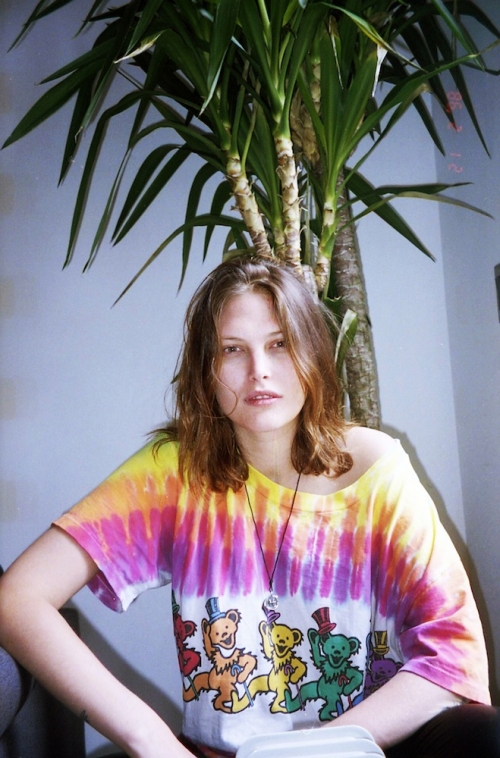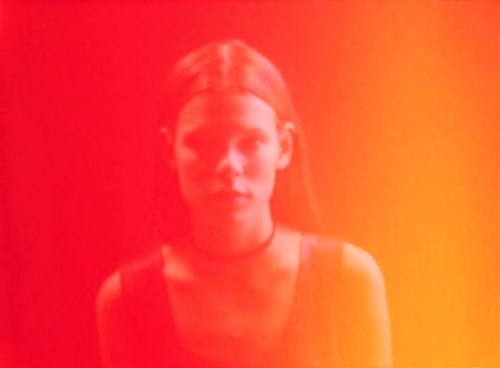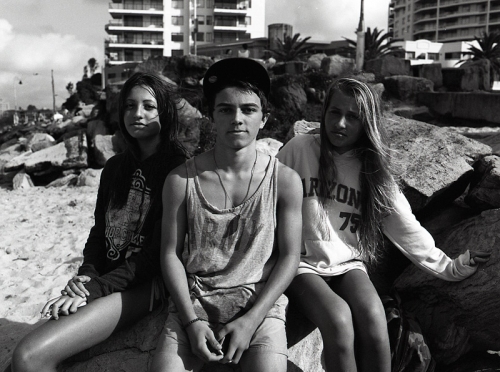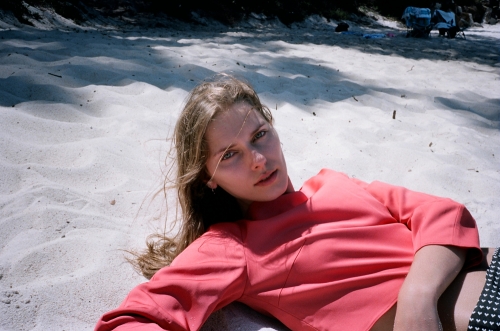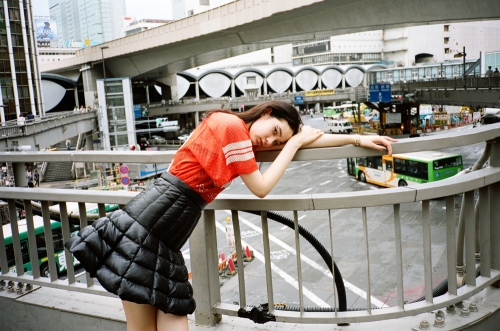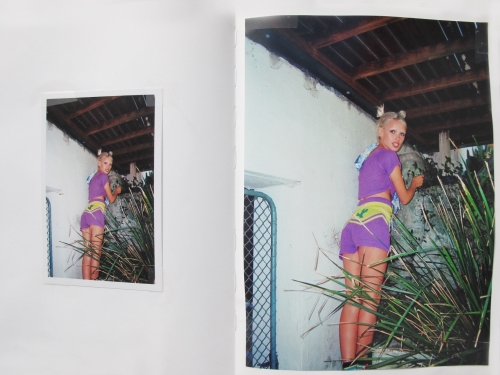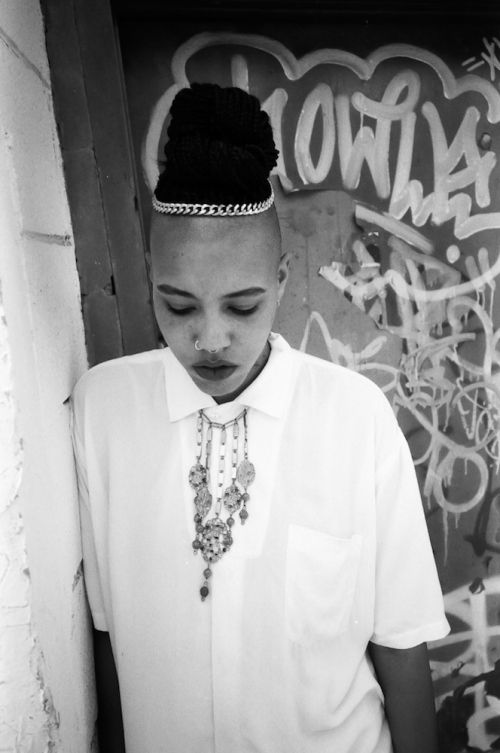The Others
A new book from Derek Ridgers
The geniuses at Idea Books have just released a new book of Derek Ridgers photograph's. All (almost) previously unpublished, and shot in London's clubs in the 1980's. We asked Derek Ridgers a few questions about the book below.
JUNK: 'The Others' is such a great, poignant title, how did it come about?
DEREK RIDGERS: It was simply the name of a file of photographs on my computer. The file contained some of my best photographs that had been unseen (or at least unseen for a while). IDEA Books saw the file, with that title and it gave them an idea.
J: What is it about these people that evokes such a sense of freedom?
D: I don’t think “freedom” is the correct word, if you don’t mind me saying so? A much better word would be abandonment because it has a couple of meanings, both of which seem to be a good fit here.
Abandonment in the sense that my subjects have, at the time I photographed them, given themselves up to the moment. And also abandonment in the sense that many of my subjects felt they were disenfranchised. They were mostly from a generation that came right after the baby boomers. By the mid to late ‘70s the optimism of the ‘60s was long gone and we’d also been through a depressing era of strikes and social upheaval. Then in 1979 Margaret Thatcher came along and everything got much worse. She seemed to have a total disregard for the aspirations of the young British working classes. Or, for that matter, the working classes of all ages.
So I suppose during the time period my book covers, people were determined to enjoy themselves because they figured they didn’t have a whole lot else to look forward to.
The song goes “ Freedom’s just another word for nothing left to lose” so maybe it is the right word after all.
J: You’ve had a long and incredible career thus far, how have these 100 photographs been able to remain unpublished for this long?
D: I have a huge archive and, over the last ten years, I’ve been gradually going through everything and scanning as much as I could. So the answer is that many of these photographs hadn’t ever been printed or scanned before.
But the press release isn’t exactly right. A couple of the photographs were in the long out of print book ‘When We Were Young’ and one was published by The Face magazine in 1982. Some of them were in my show “The Kiss’ at the Photographers Gallery in London in 1982 and a few were in the publicity for that as well.
But I have a huge archive and could probably do another ten books like this all covering much the same period. Don’t worry, I won’t. I think this will be the last time I revisit my work from this period. I have plenty of other strings to my bow. I’ve just signed a contract for a book called ‘Punk London 1977’ (no guesses as to what that’s about) and concurrent with The Others I have a book of nightclub portraits stretching across 5 decades. I’m also talking to a gallery about having a big career defining retrospective - with a book as well of course.
But, you’re right, I’ve been incredibly lucky to have had such a long career and I don’t take it for granted for a moment, I promise you.
J: Do you think subculture still exists in the same way in our current era?
D: I don’t think it’s the same these days but subculture is still here and, in some respects, it’s incredibly vibrant now. There are still a lot of mods around and very possibly more of the real hardcore than there ever were back in the mid-sixties. Unfortunately many of these mods are also in their mid-sixties too, so it’s hardly a youth movement now.
But that wasn’t what you meant was it?
Over recent years I’ve shot a lot of portraits of the heavily tattooed and that is a hugely vibrant scene. Thirty Five years ago when I first started photographing heavily tattooed people there were no tattoo magazines available in the UK. Recently I counted 25 different tattoo magazines in the small corner shop near my mum’s house in Chertsey - which really is middle England. That shows just how far the art of the tattoo has come in popular culture.
J: How do you find your subjects, what is it about them that draws you to them?
D: Often they find me rather than the other way around. If I go to a club or hang around the streets someone will always draw my eye. Sometimes it can just be the way someone walks or the flick of their hair. Sometimes it’ll be a playful look in the eye. But there’s always something that tells me this person wants to be seen.
Recently I was sitting having a coffee in the Westfield Centre in Shepherds Bush. There were about three customers there and ten (I counted them) waitresses buzzing around. The waitresses were all wearing the same uniform and it looked exactly the same on nine of them but one of them had modified her uniform so that it was just that fraction tighter and more shaped than all the rest. She seemed to be the prettiest one there and no doubt thought this herself but nothing wrong with that. She clearly felt she was special and that’s a great attitude to have. She obviously wanted to draw the eye in a way that the others didn’t.
J: Who has been your favourite subject/s to shoot? and why?
D: Both Tom Waits and Nick Cave were among my favourite subjects because to record almost every moment of every day with icons of popular culture like that will mean something to somebody.
I love to photograph beautiful and interesting women, like Miss Crash and Nettie Harris, because even a bad photograph of a beautiful woman will have some pictorial value - obviously a value imbued by the beauty of the subject.
I also love to photograph old men who’ve had long careers or who have done something important in their lives. For instance Willie Dixon because he had such sad soulful eyes. You’d have to be a brick not to get a great photograph from a man like that.
So those are just a few of probably one thousand of my most memorable subjects.
With almost every subject I ever had, I think I’d like to shoot them again and I think I could do better. I’m NEVER ever satisfied with what I do. All my photographs are exercises in failure really but I’ve learnt to love many of them warts and all. All my subjects are my favourites really because they’ve made me the photographer I am. Besides anything else, it would be rude to pick only some out. Some of my favourites are people no one ever heard of.
J: What is your favourite camera to shoot on?
D: Currently my favourite camera is the Nikon D800 because the files are so big and so detailed. I own many cameras that I like more than this (I have a few really mint condition Nikon F’s) but I’ve never used any of them. I like them just as objects.
I also have a beautiful red Hasselblad which takes wonderful photographs but it’s not practical for me. I can’t be looking down all the time and the eye level finder that I used to have for it was a horrible, heavy piece of kit.
I suppose my favourite camera of the ‘80s and ‘90s was the Nikon FM and later FM2. A very reliable camera.
I can honestly say that if I’d had a Nikon D800 when I started my photos would have been 100% better than they were. But then so would everybody else’s, probably. Maybe I’d never have been able to become a photographer at all if everybody could do it - as they can nowadays.
